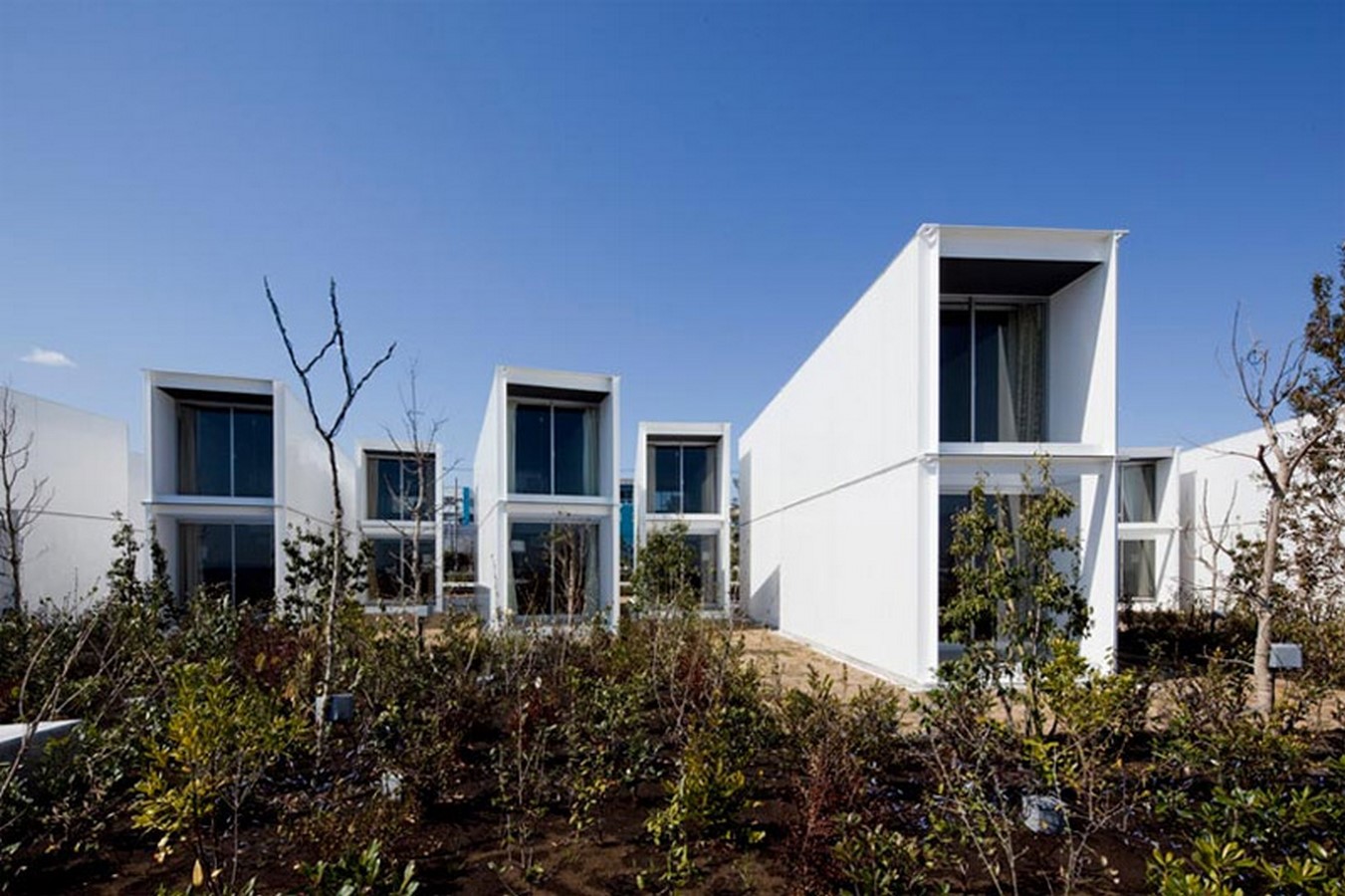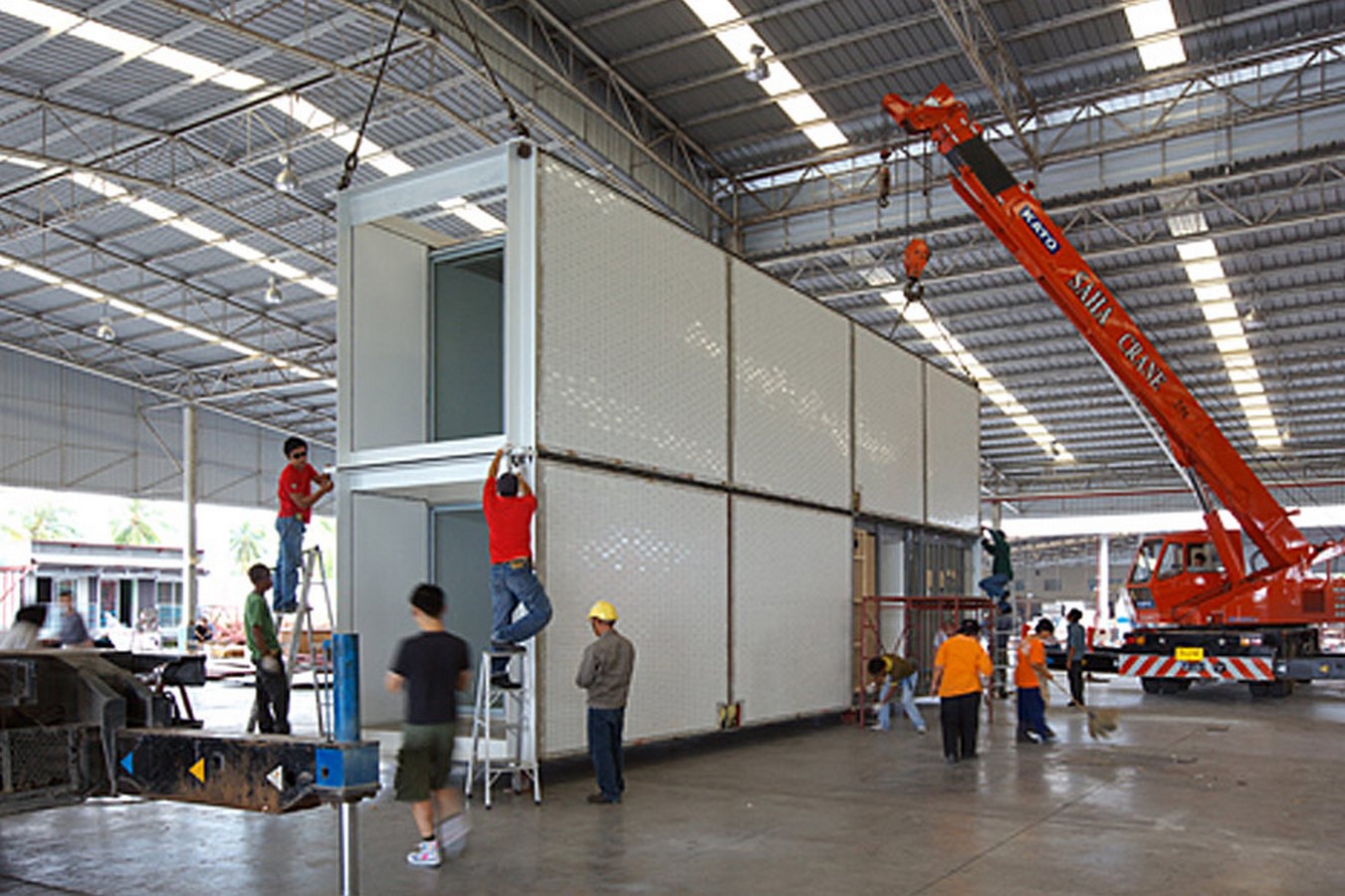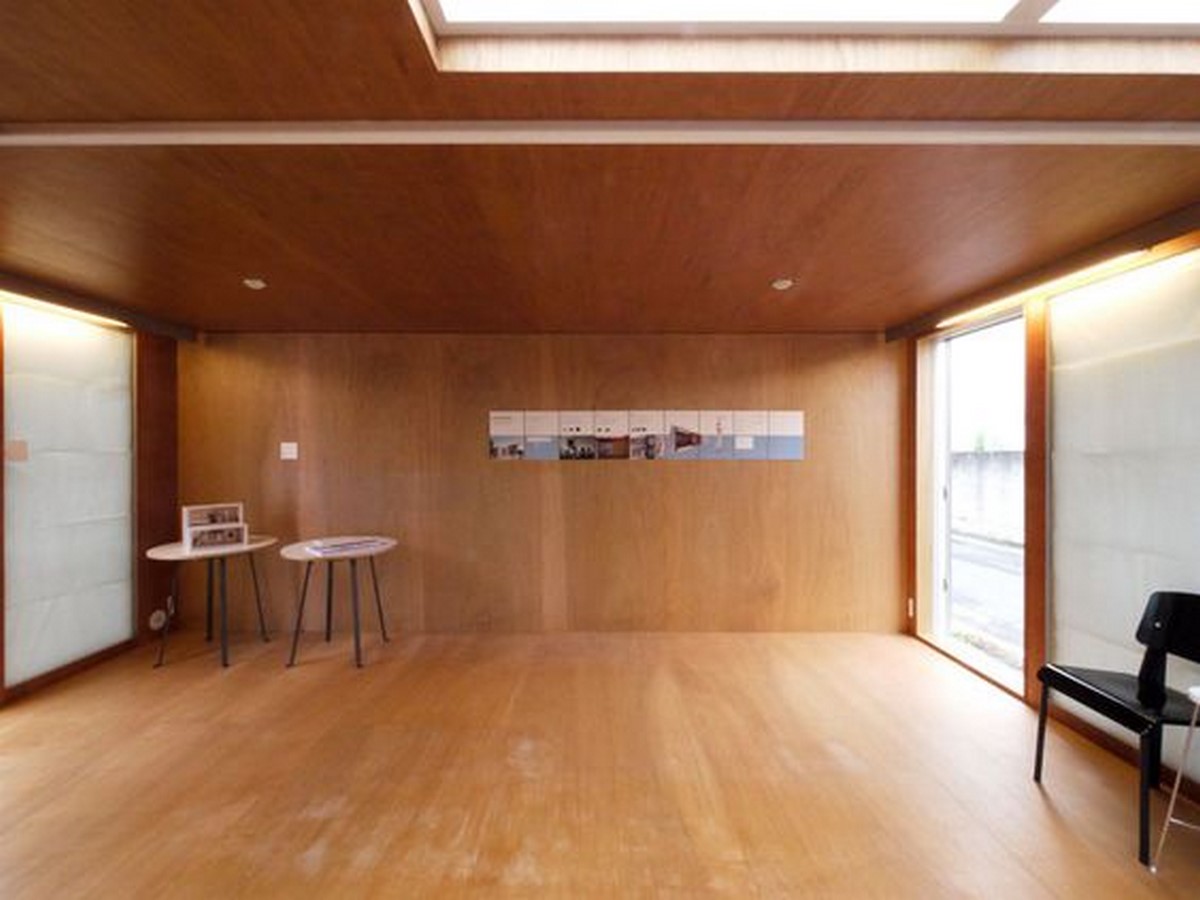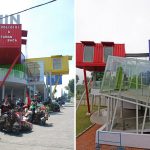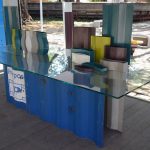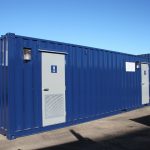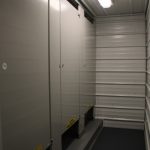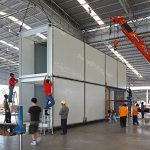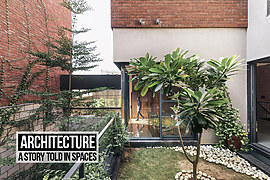Imagine using something for a very different purpose other than what it was originally intended for. Lately, there has been a growing discussion around the concept of repurposing and designers have come up with innovative ideas to reuse waste materials and old buildings.
Shipping containers were once used solely by the shipping industry for the storage, shipment, and handling of cargo but are now extensively and creatively used for various other purposes. The term ‘Cargotecture’ was coined in 2003 to describe a building that is constructed either partially or fully out of recycled shipping containers. Owing to its strength, durability, and stackability it is a dynamic and viable material.
Below are 15 examples of how shipping containers have been put to use around the world –
1. School
In underdeveloped and densely populated countries like Malawi where there is less and poor infrastructure, initiatives like The Legson Kayira Community Center and Primary School by Architecture for a change act like a beacon of hope. It explores the idea of the school as a covered canopy with flexible, well-lit, and ventilated spaces. The design partially incorporates the use of refurbished shipping containers along with locally manufactured materials like brick, bamboo, and paver blocks.
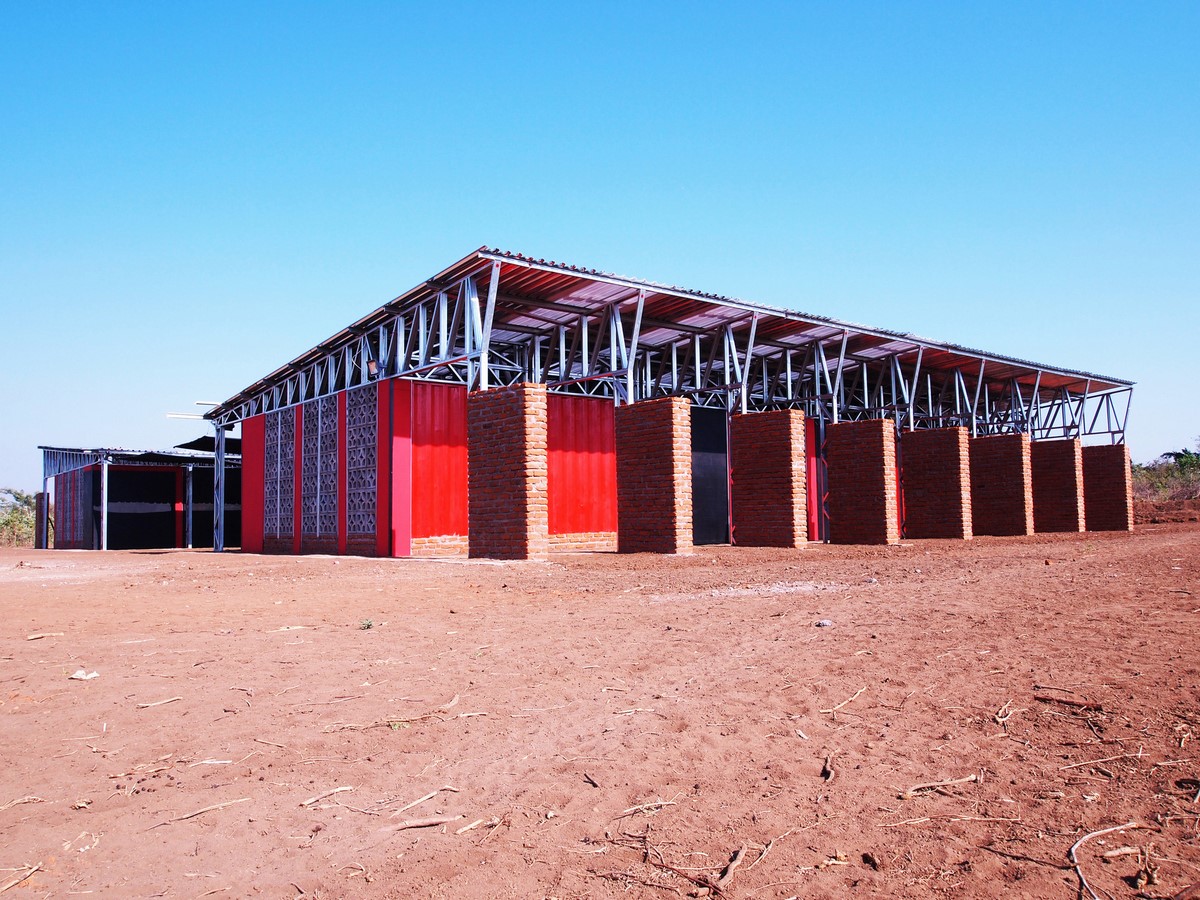


2. Mobile art gallery
Mobile art galleries are an interesting way to make art accessible to a wide range of people and places. One such example is ‘GAD’ by MMW Architects which is a temporary art gallery constructed out of ten shipping containers that can be easily disassembled, moved, and assembled in just a few days. Along with indoor gallery spaces, the Tetris like form of the structure also allows for a central courtyard and roof terrace exhibition space.
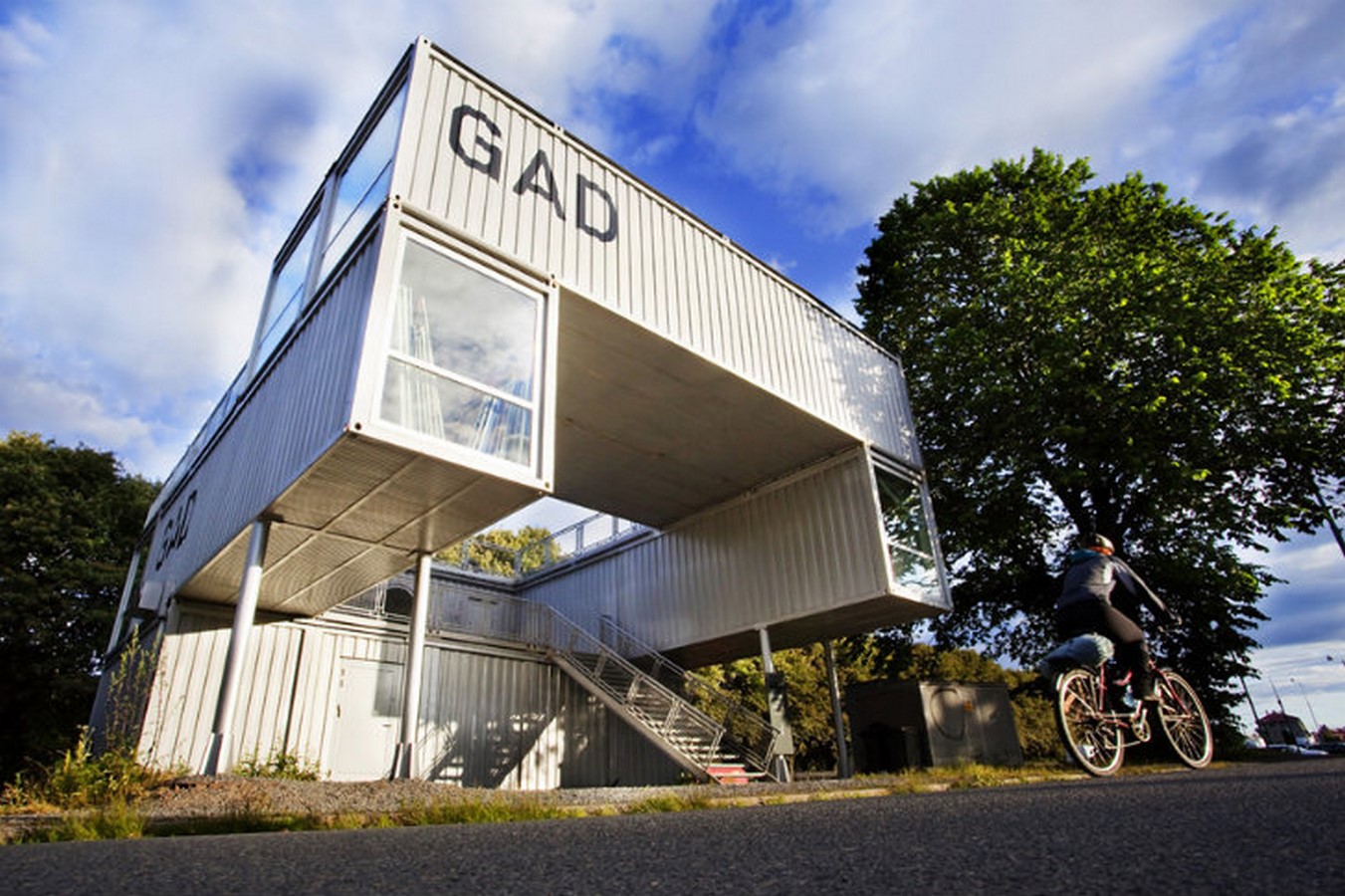

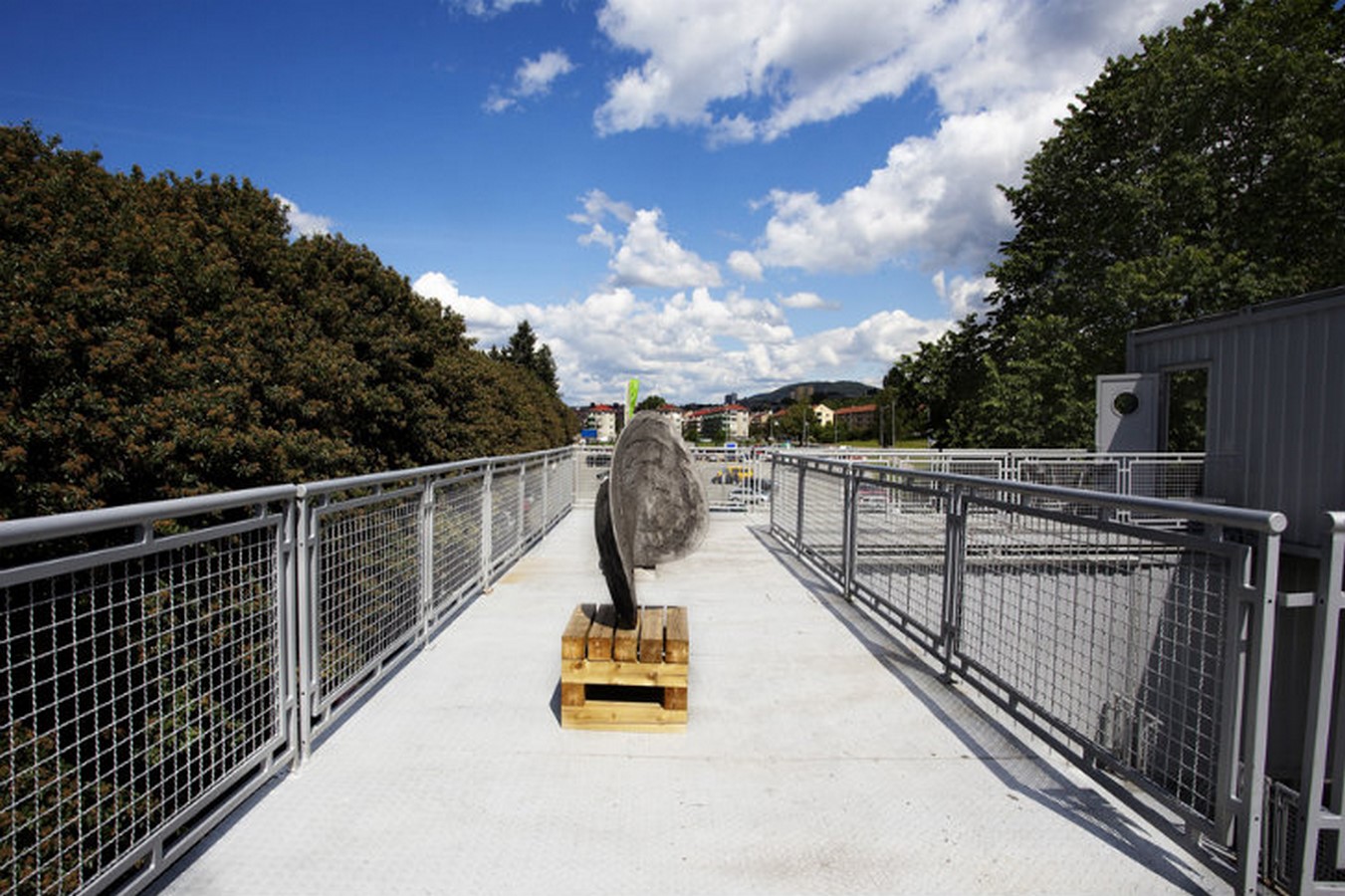
3. Housing
One of the most popular and extensively experimented uses of shipping containers is housing. Keetwonen is the world’s first and largest container housing project built in Amsterdam by TempoHousing. The campus has a total of 1000 modules stacked and arranged in blocks. There are a total of 6 blocks of varying sizes arranged in a way to create internal courtyards for bicycle parking and social gatherings. Along with providing the students with a private balcony, the campus has a café, supermarket, office space, and sports facilities.
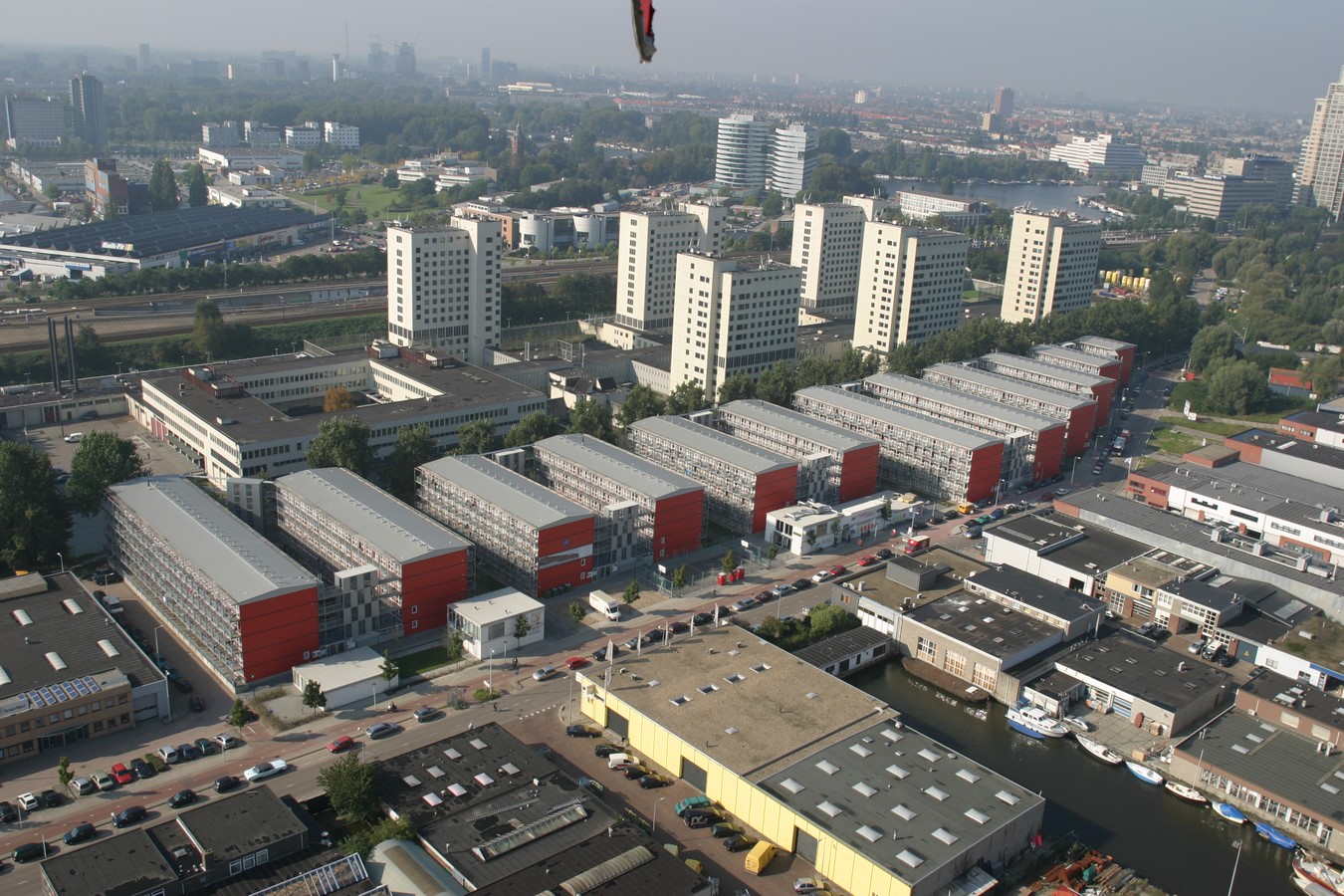
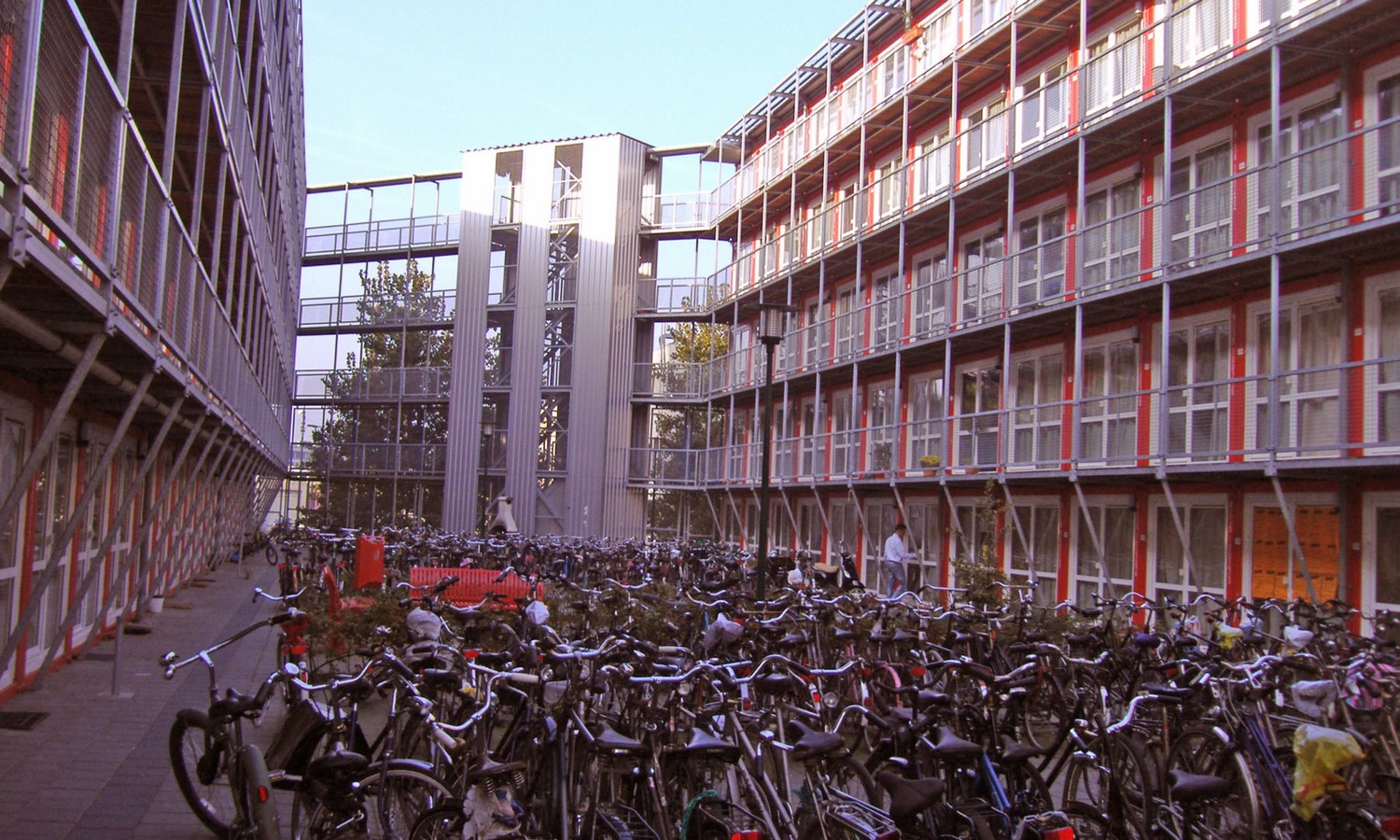
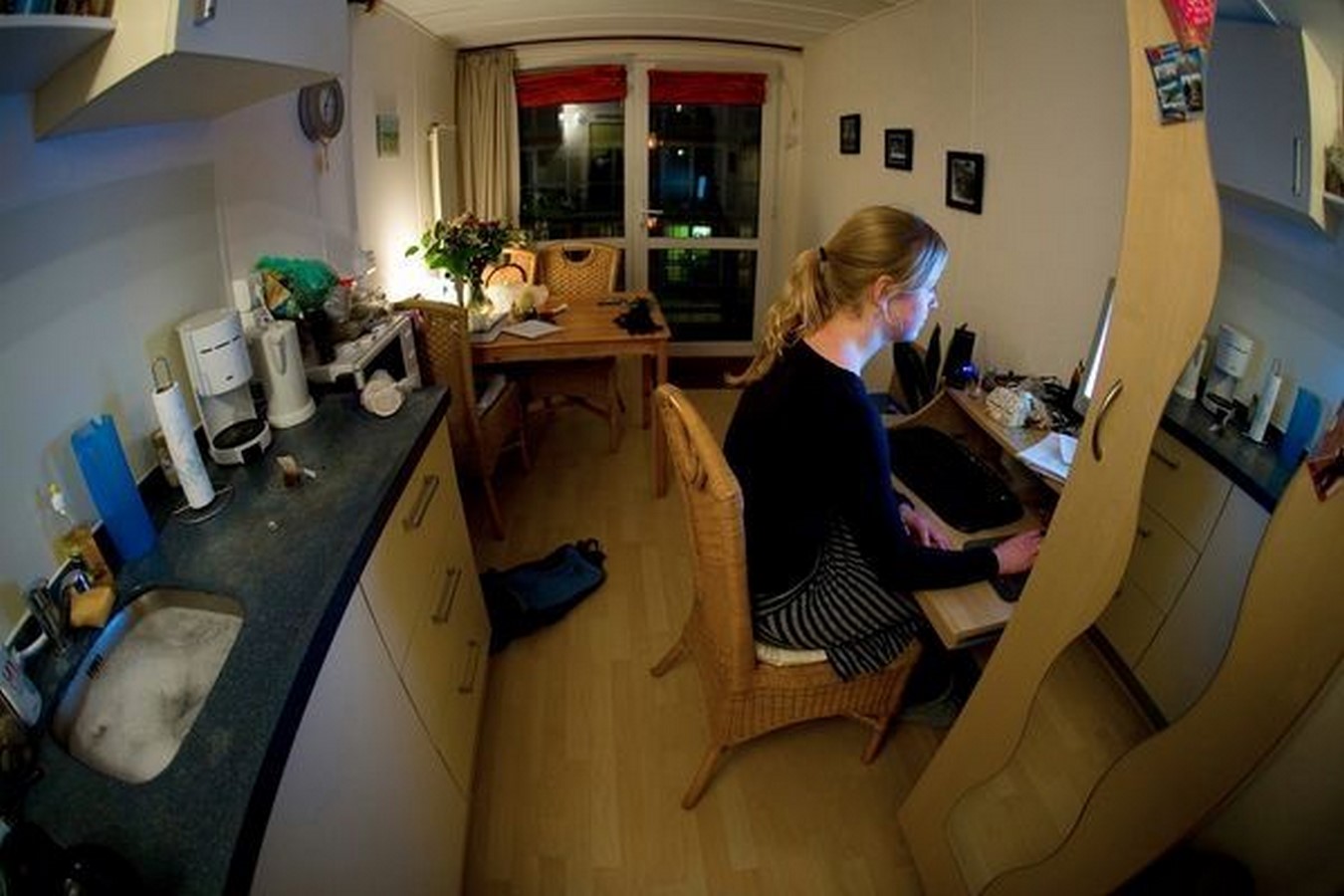
4. Hotel
It is no surprise now that the shipping containers have also been widely used for hotel buildings. The WineBox Valparaiso, Chile is one of its kind in South America. The structure with its colorful and graffiti painted walls strikingly stands out in the neighborhood.
With a total of 21 studio rooms, it provides the users with a built-in kitchen, living room with sofa bed, and a private terrace overlooking the bay. Other amenities include lounge areas, BBQ facilities, a wine bar, and a wine shop.
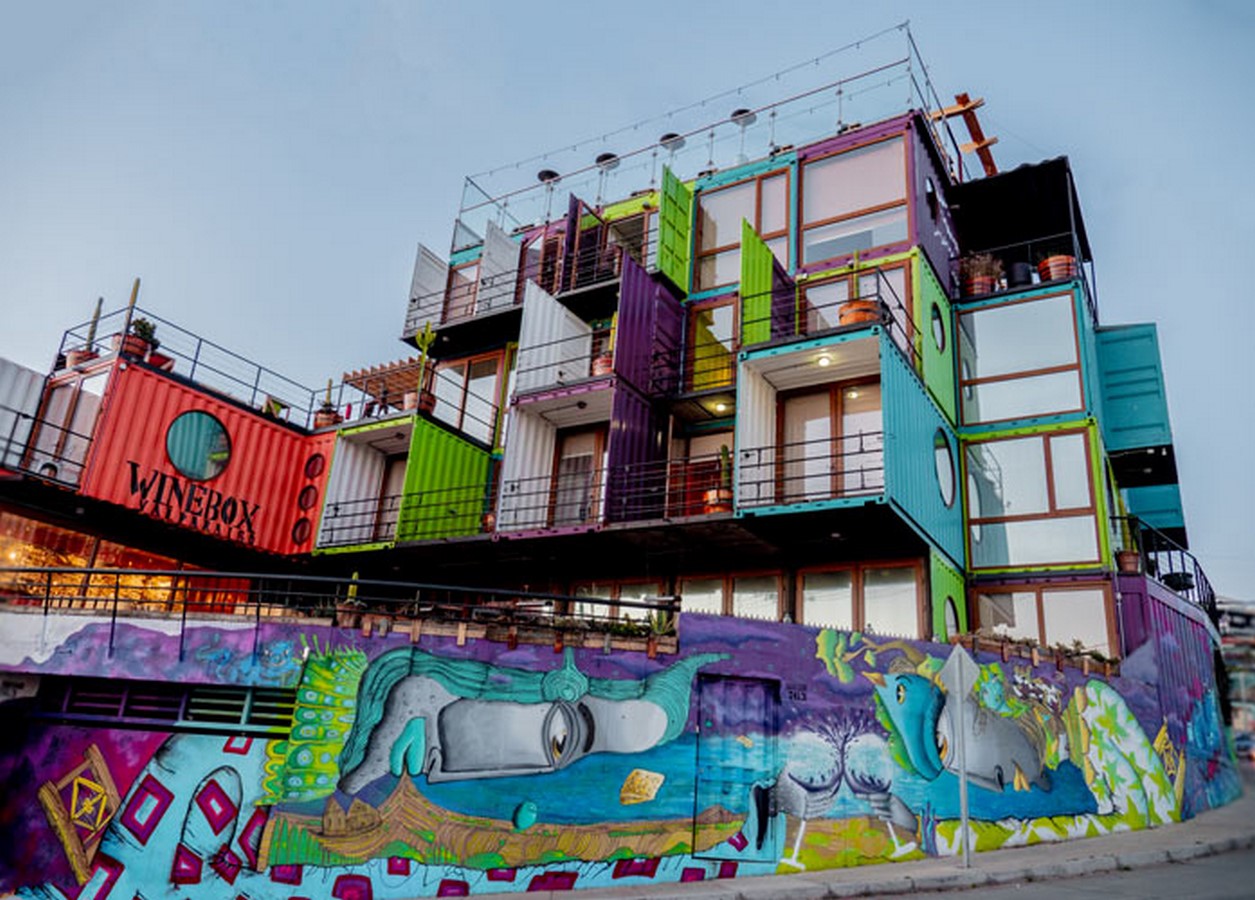
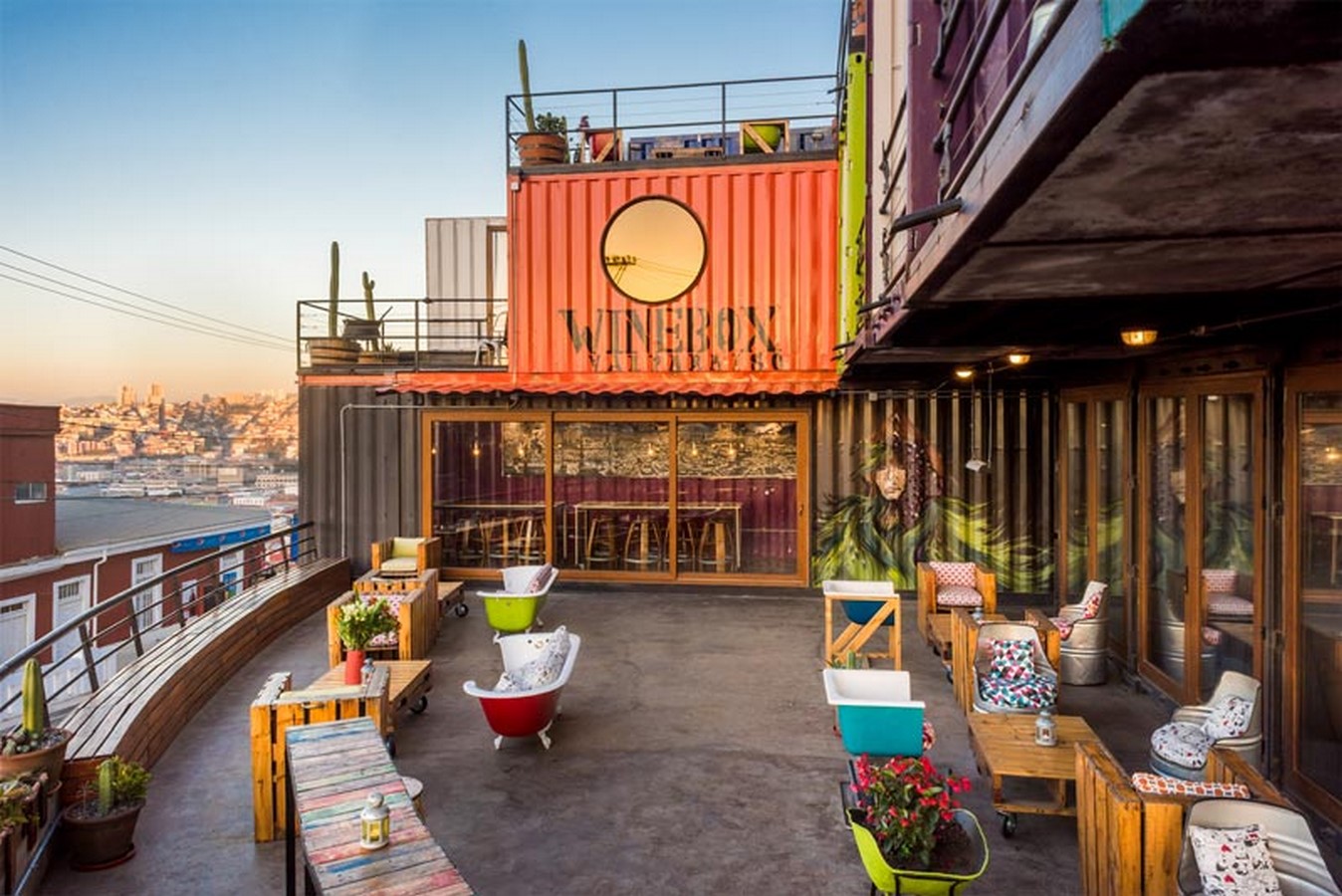
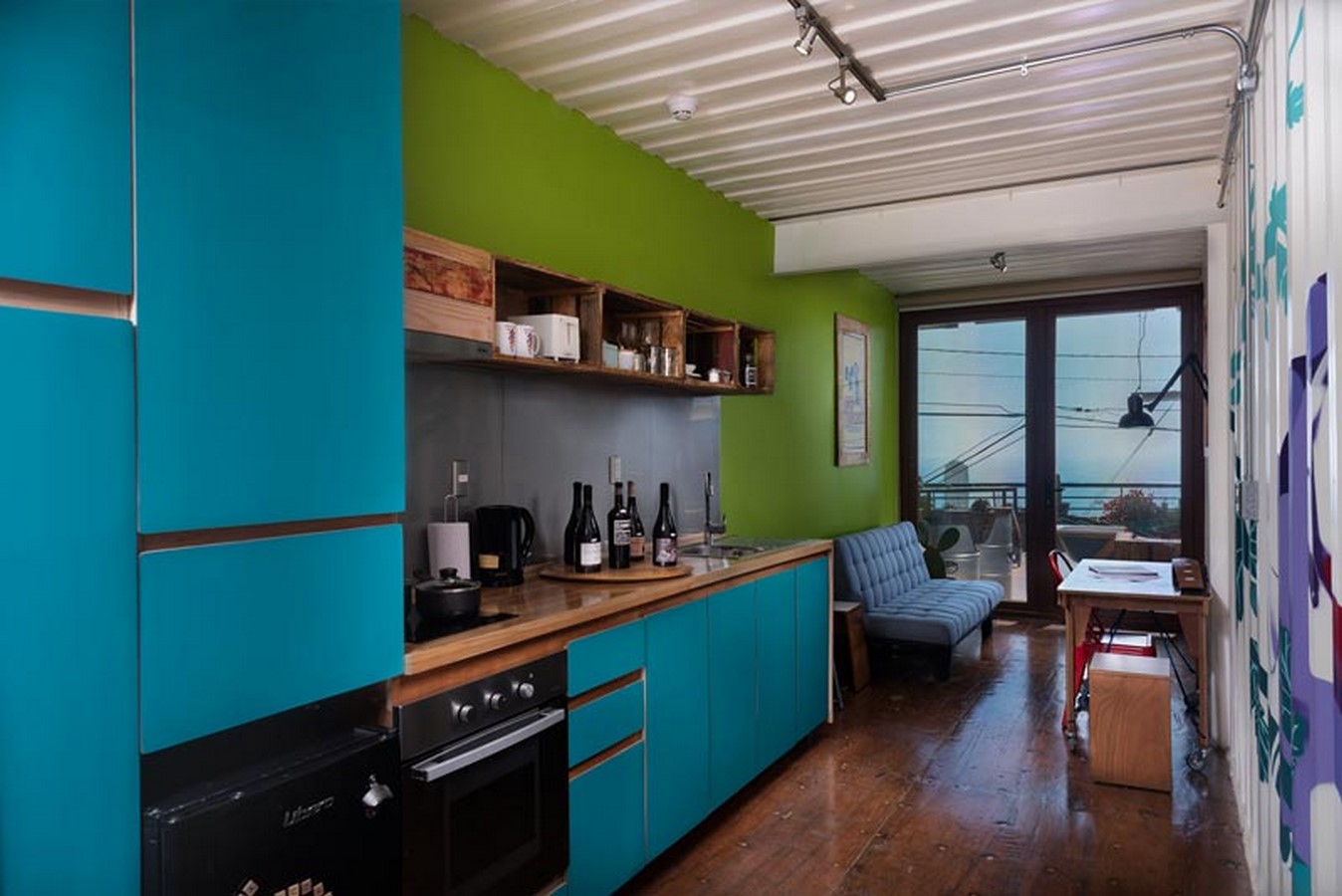
5. Bridge
Yoav Messer Architects have proposed a unique design for the 160 m long bridge that will act as a gateway to Ariel Sharon Park in Tel Aviv. The Econtainer Bridge is their winning proposal based on the idea of reuse which will be constructed entirely of old containers and supported on three tree-columns. The bridge will be actively used by pedestrians, bicycle riders, and shuttles which will escort people from the parking area to the park.

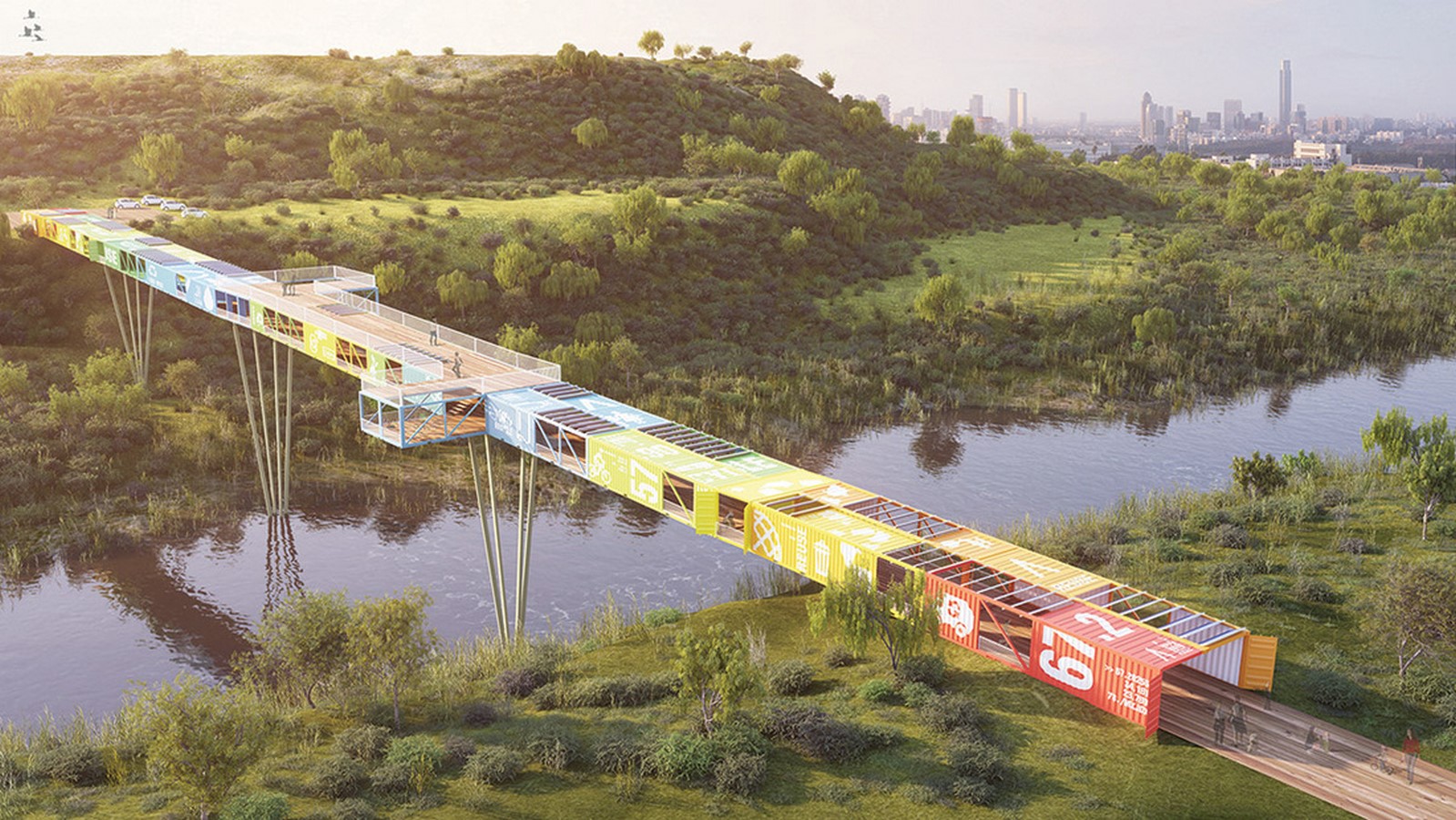
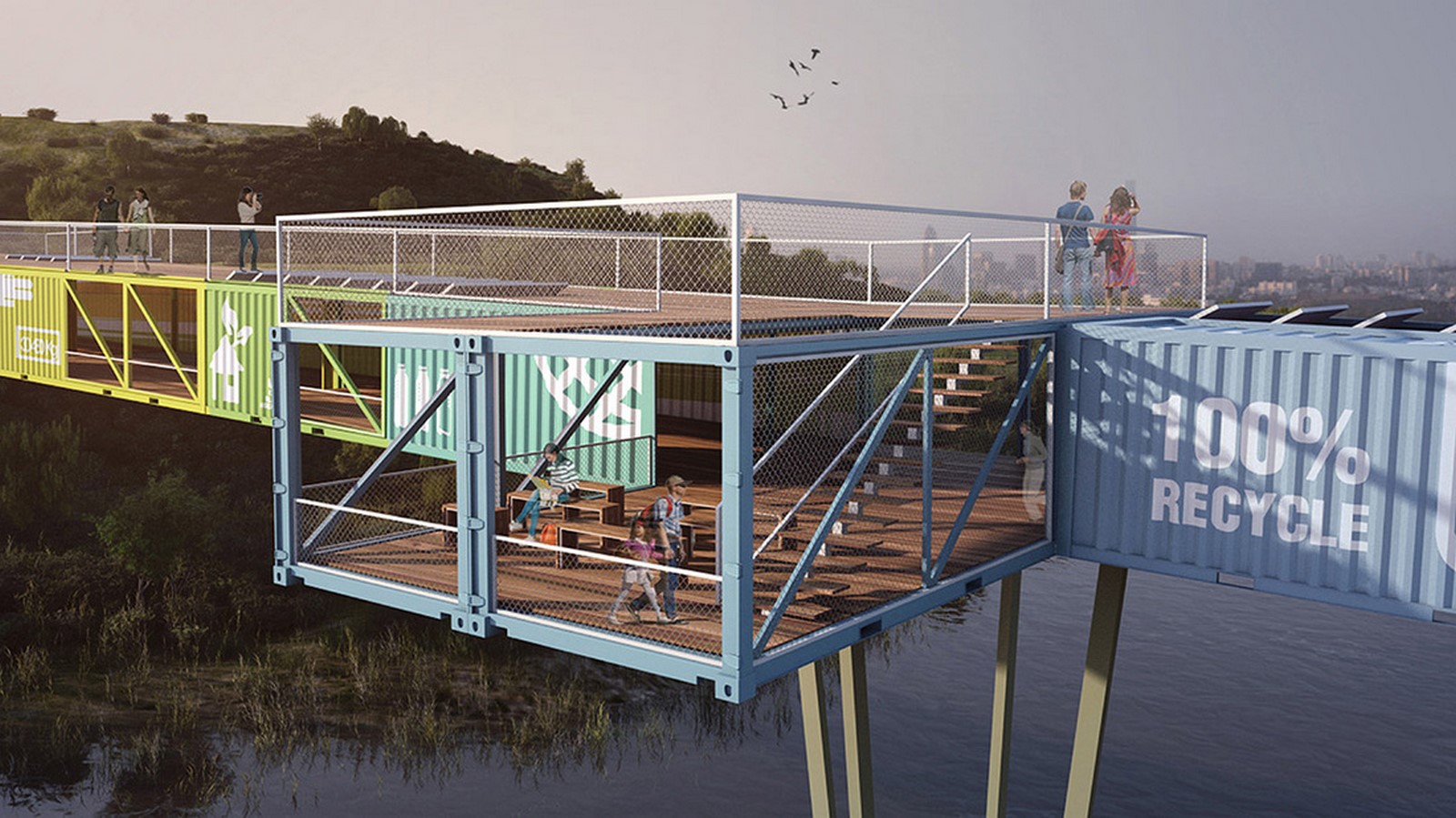
6. Café
The coffeehouse company, Starbucks has invested in over 40 stores that are constructed entirely out of shipping containers as part of their sustainable initiative. One such is designed by the Japanese firm Kengo Kuma and Associates where 29 white containers are stacked and staggered at 90 degrees to a height of four levels. The unique placement of the containers was intended ‘to create a transparent building like a tall tree’.
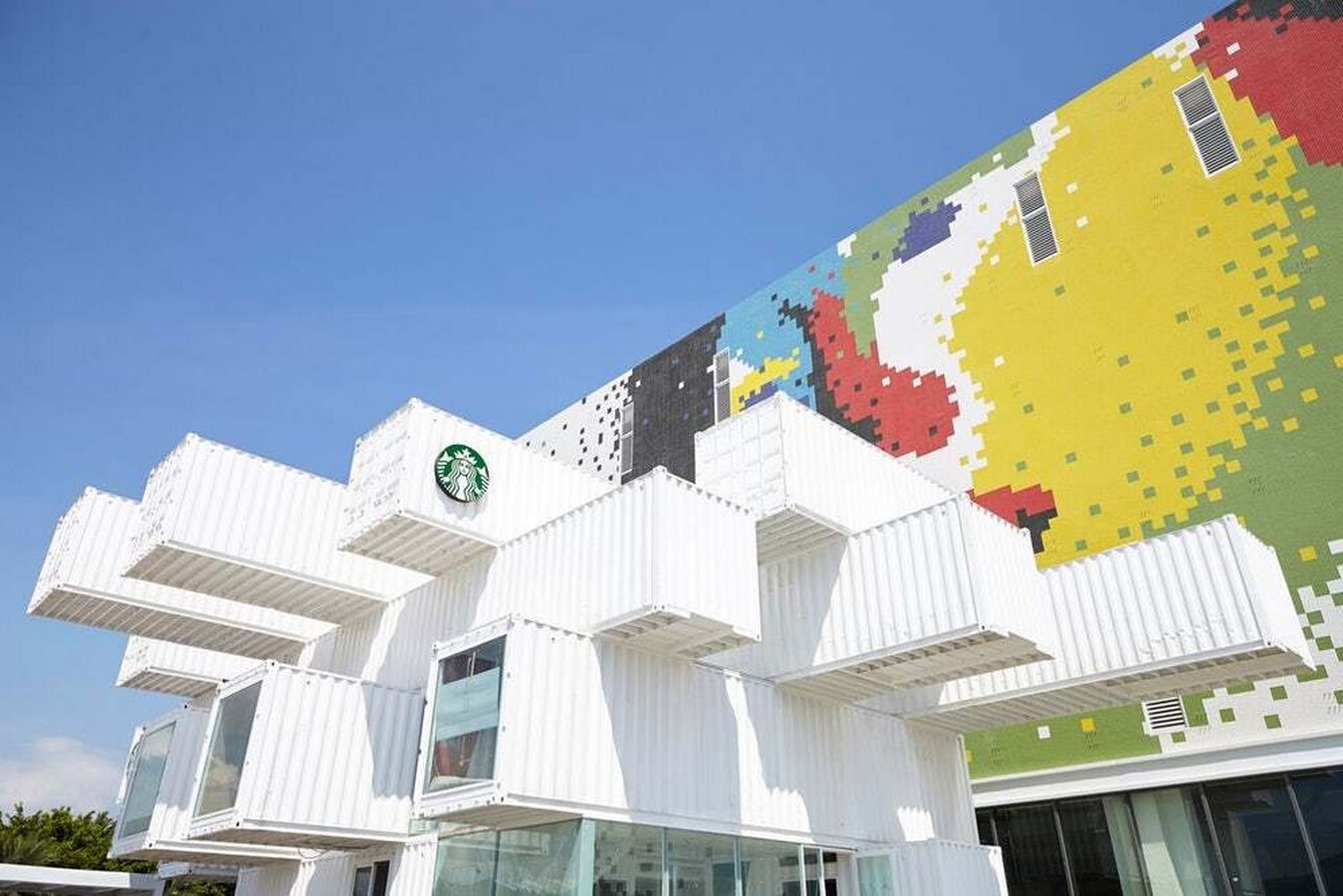
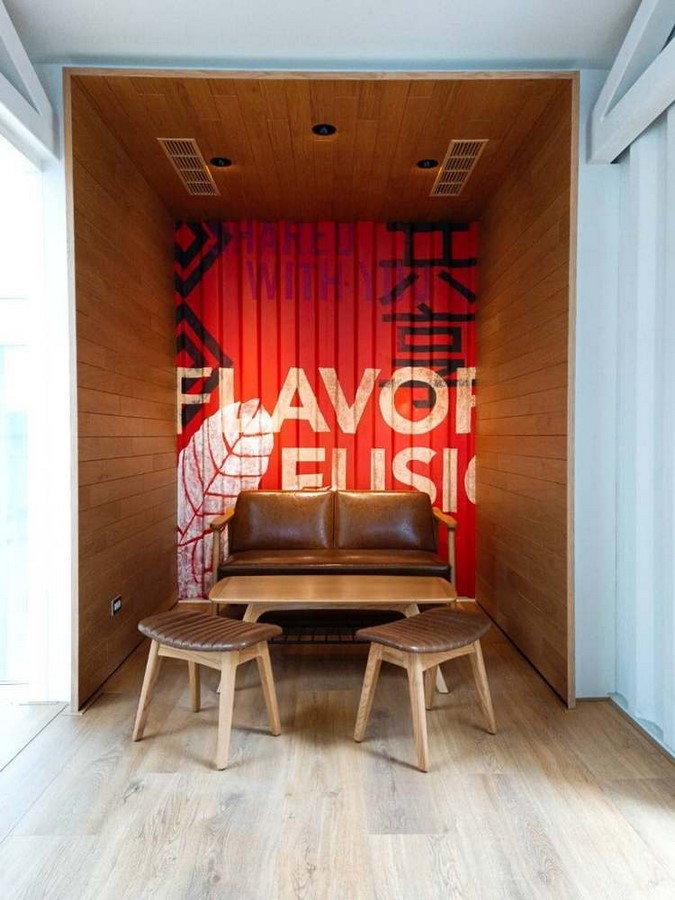

7. Library
Eight recycled shipping containers found a new home as reading rooms in a public library offering free books to the community. Each of the colored boxes of the Main library by dpavilion architects is recognized by a different function. An initiative like these plays a vital role in society by making a range of knowledge, resources, and services accessible to the people.
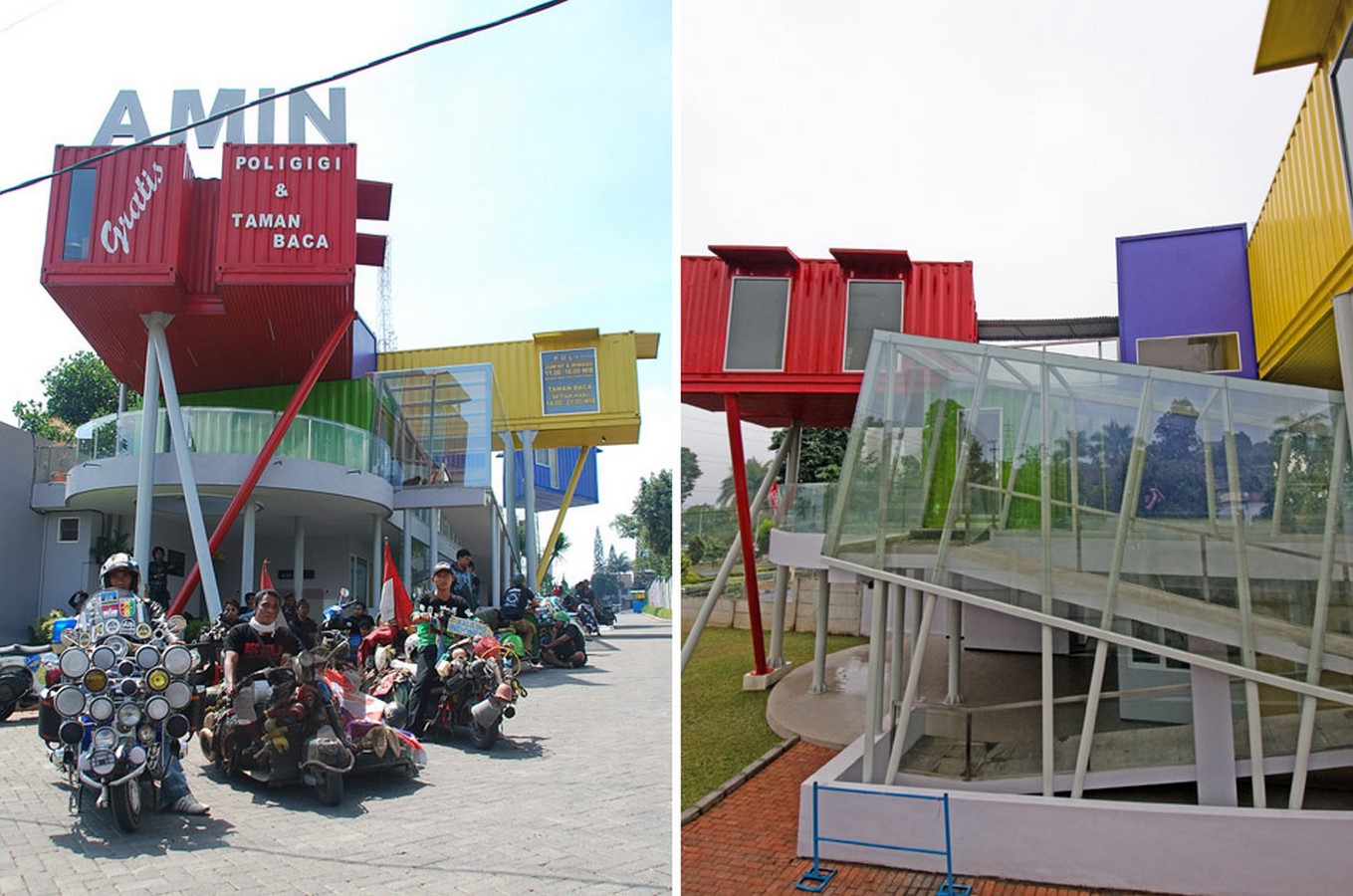
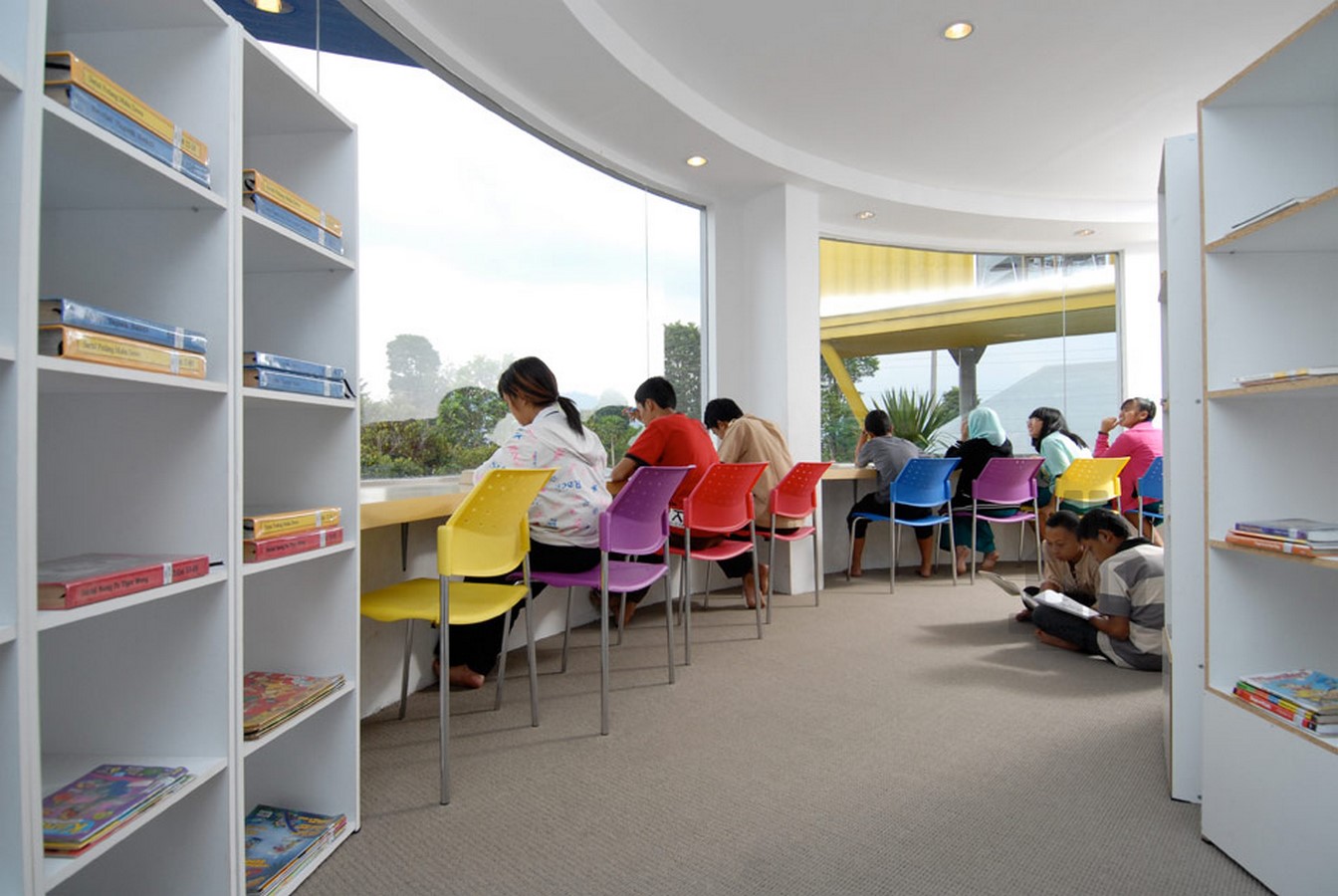

8. Swimming pool
Shipping container pools is an effective and low maintenance way to create a swimming pool in one’s home. A Canada based company called Modpools provides the user with relocatable pools with options of temperature control, jets, and lighting which can be controlled by a smartphone.
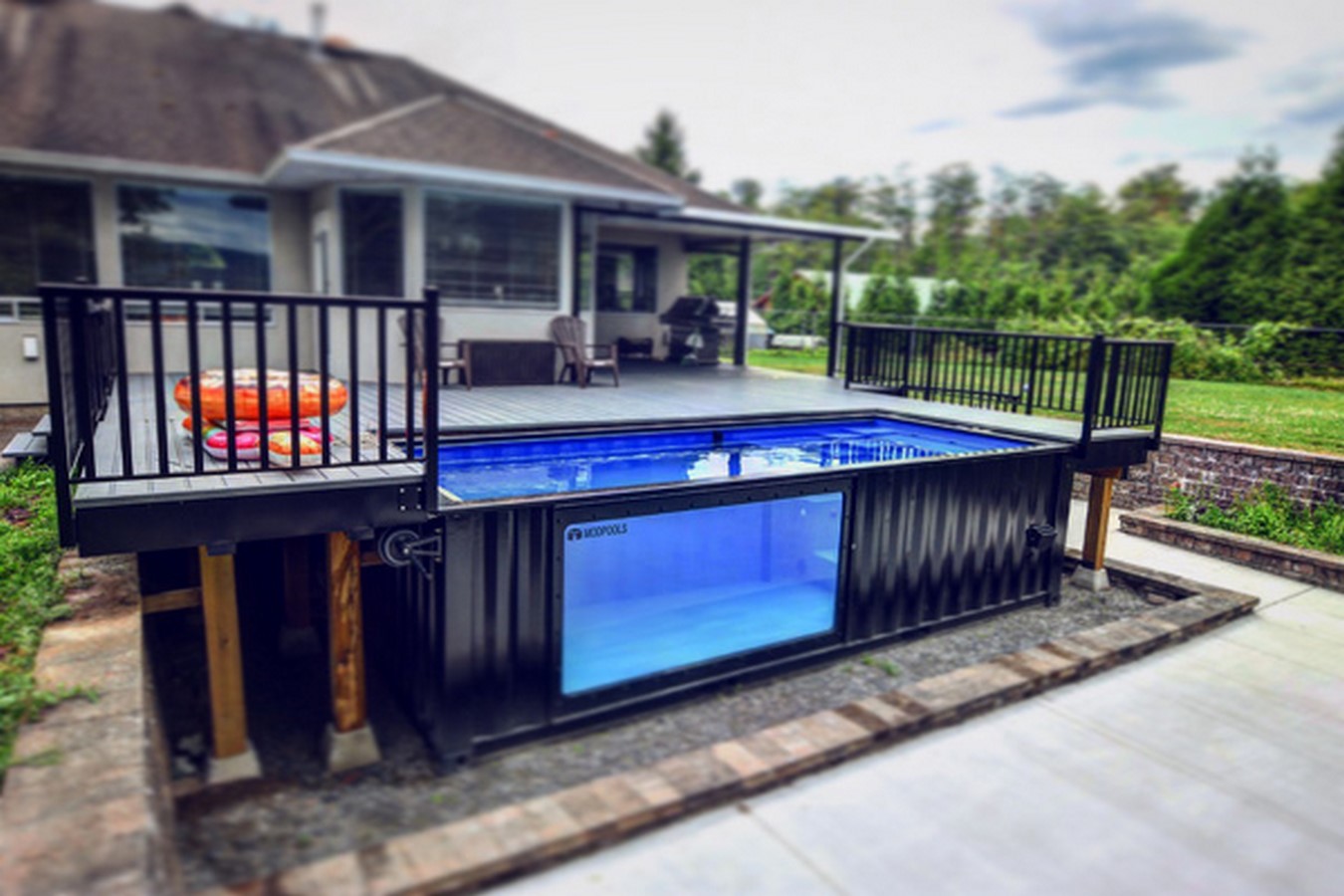

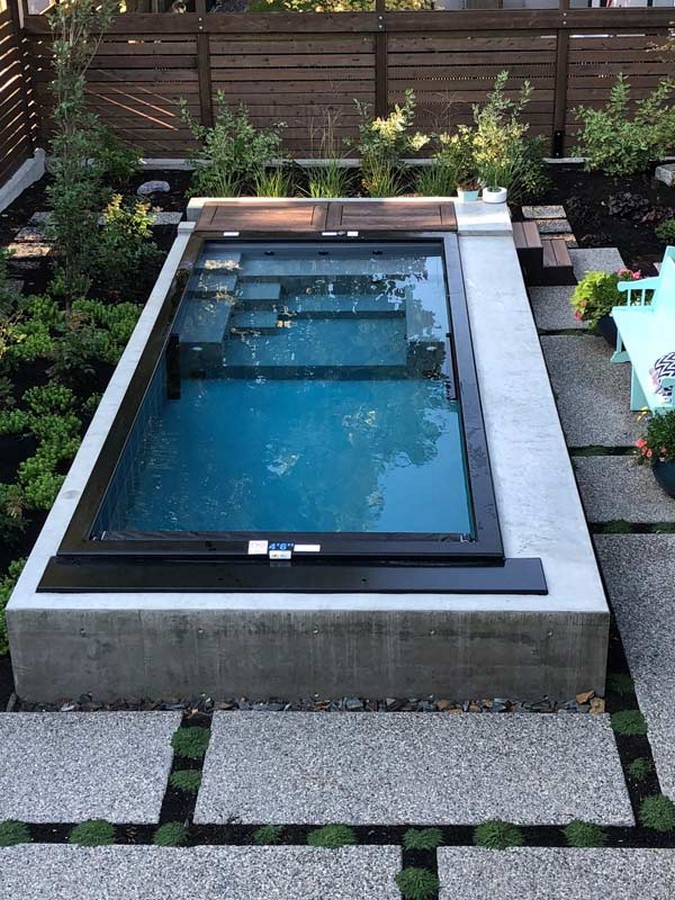
9. Furniture
The concept of refurbished and upcycled furniture has been trending for quite some time now. The Brazilian firm Contain(it) has designed an exclusive collection of furniture and lights from discarded shipping containers. Their innovative designs include a lounge chair, hanging lights, side lamps, coffee table, dining table, vases, etc.
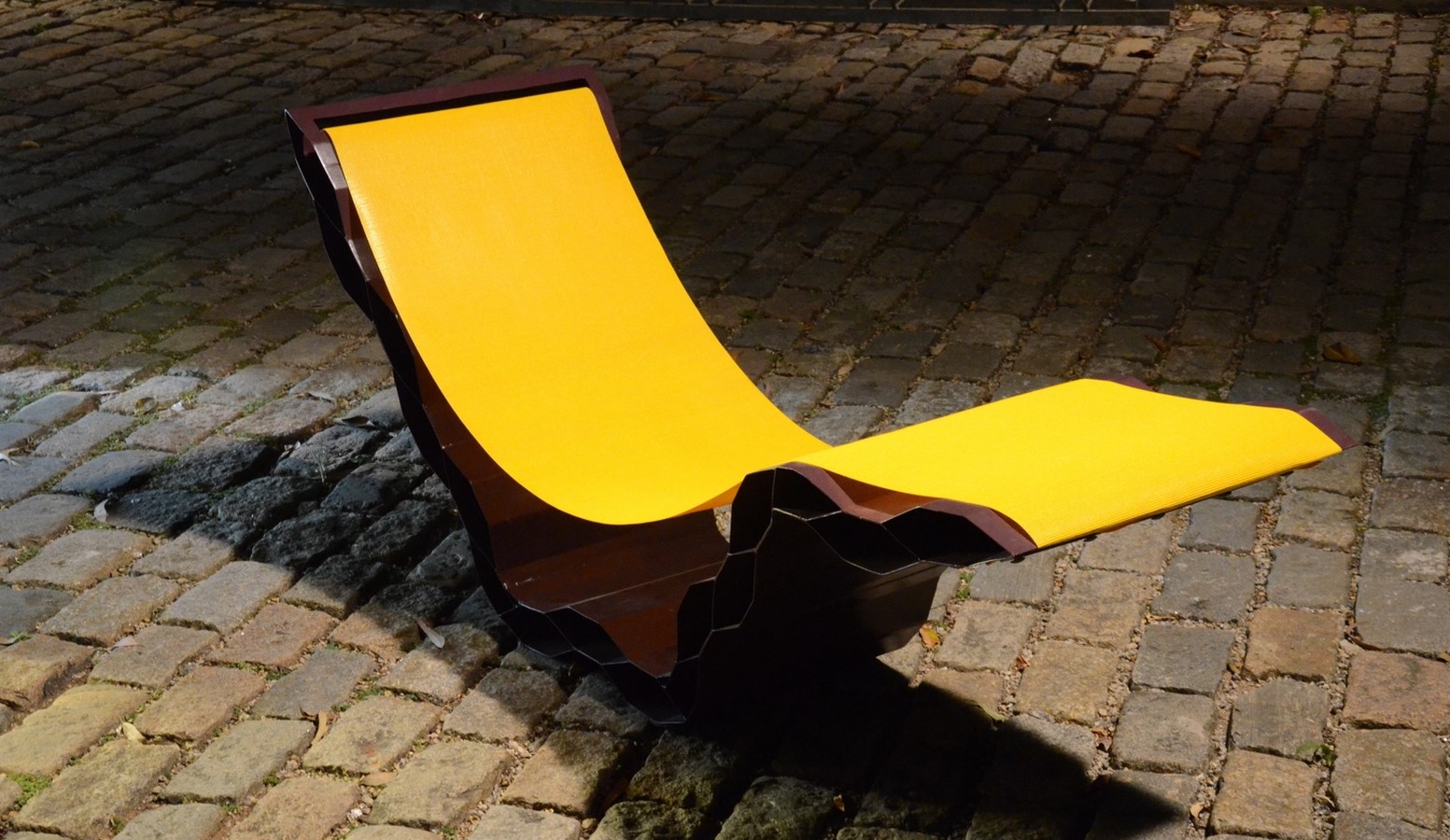
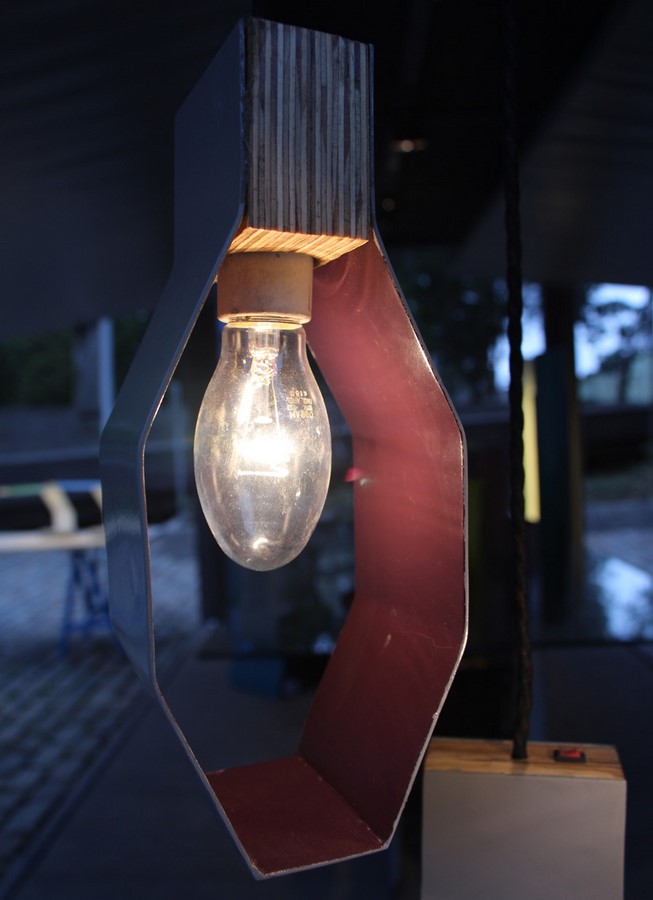
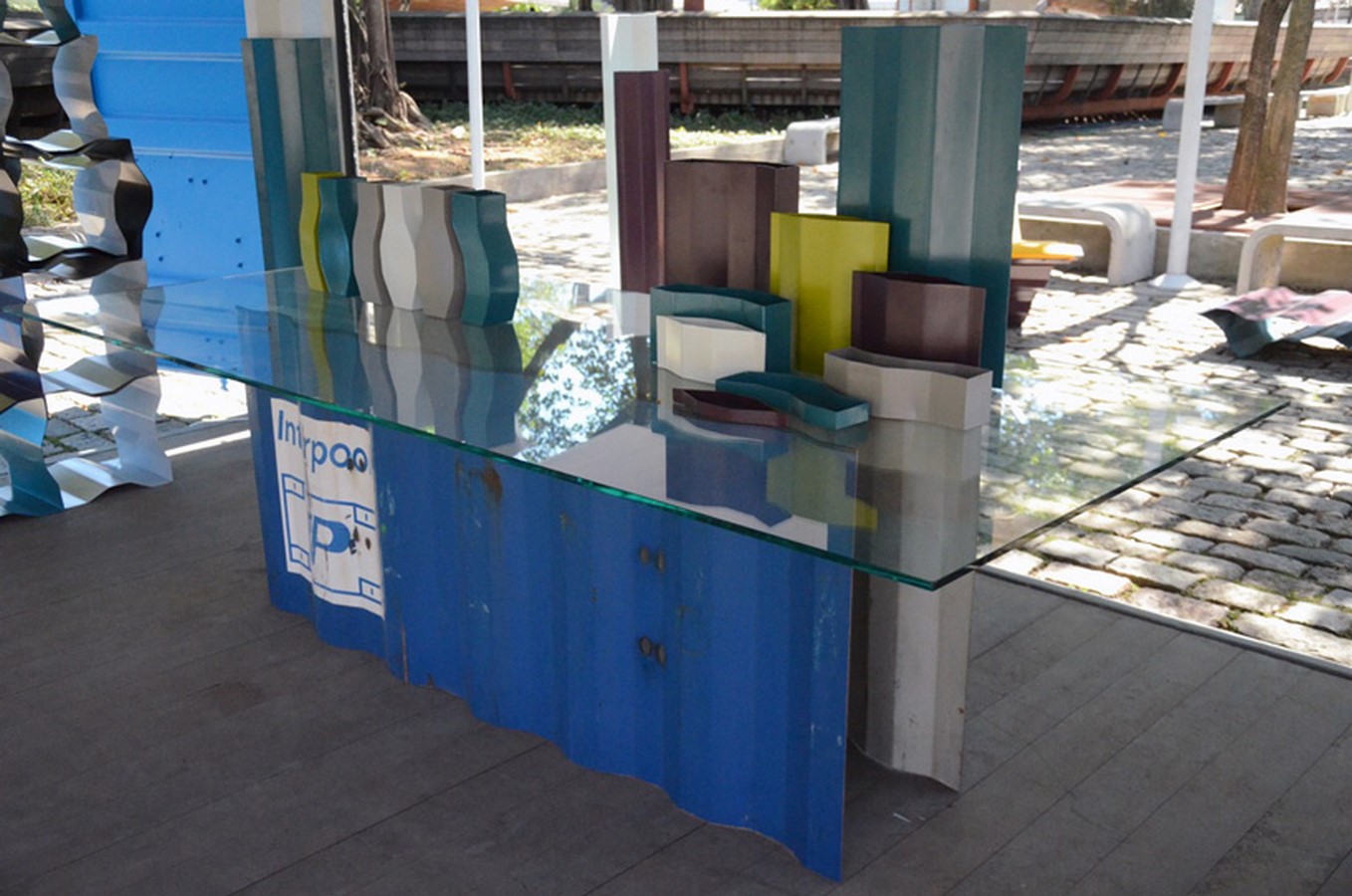
10. Portable Toilet
Shipping containers are a great alternative for portable toilets. They offer speedy, economical, and hygienic sanitation solutions for remote areas, events, and project sites.
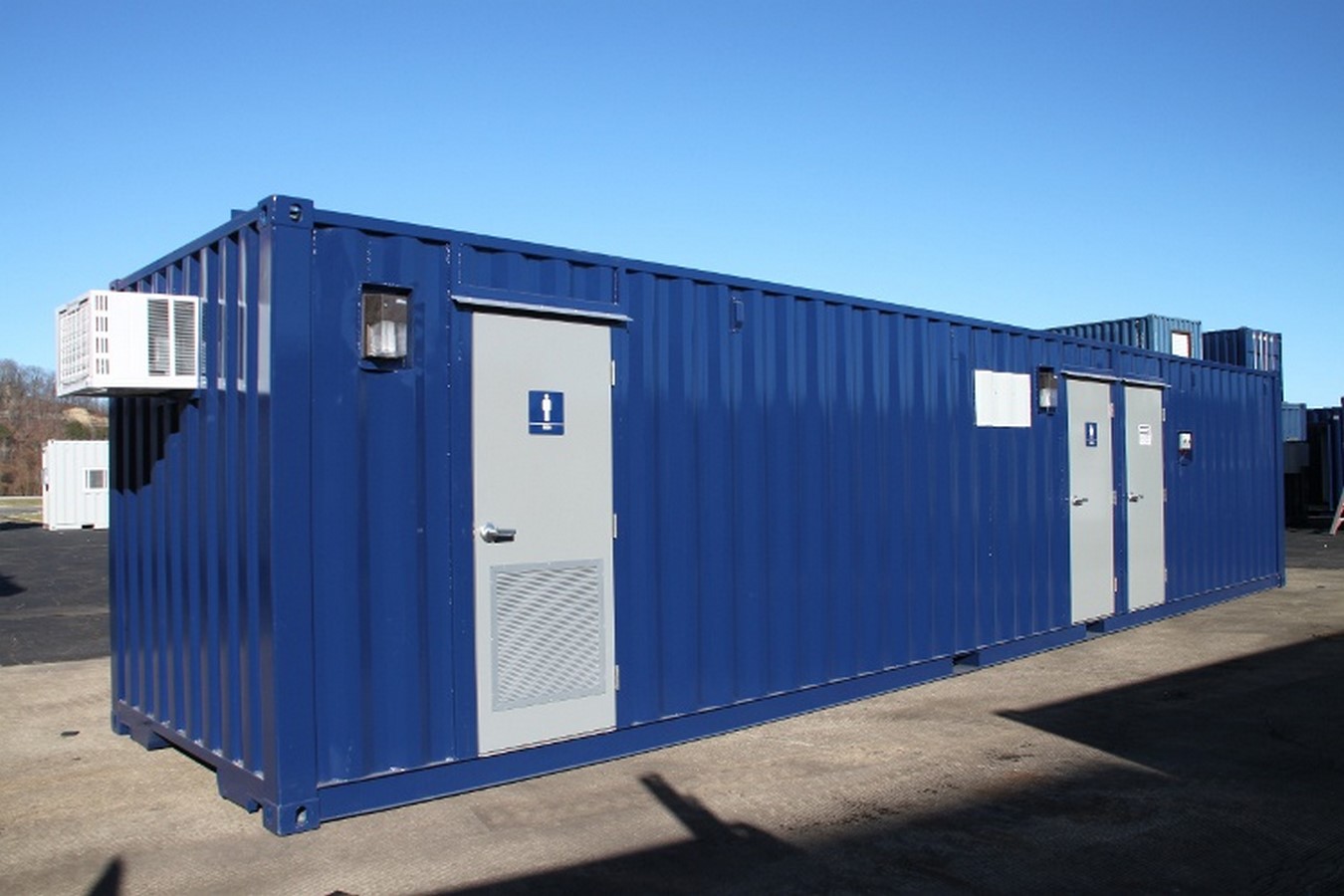
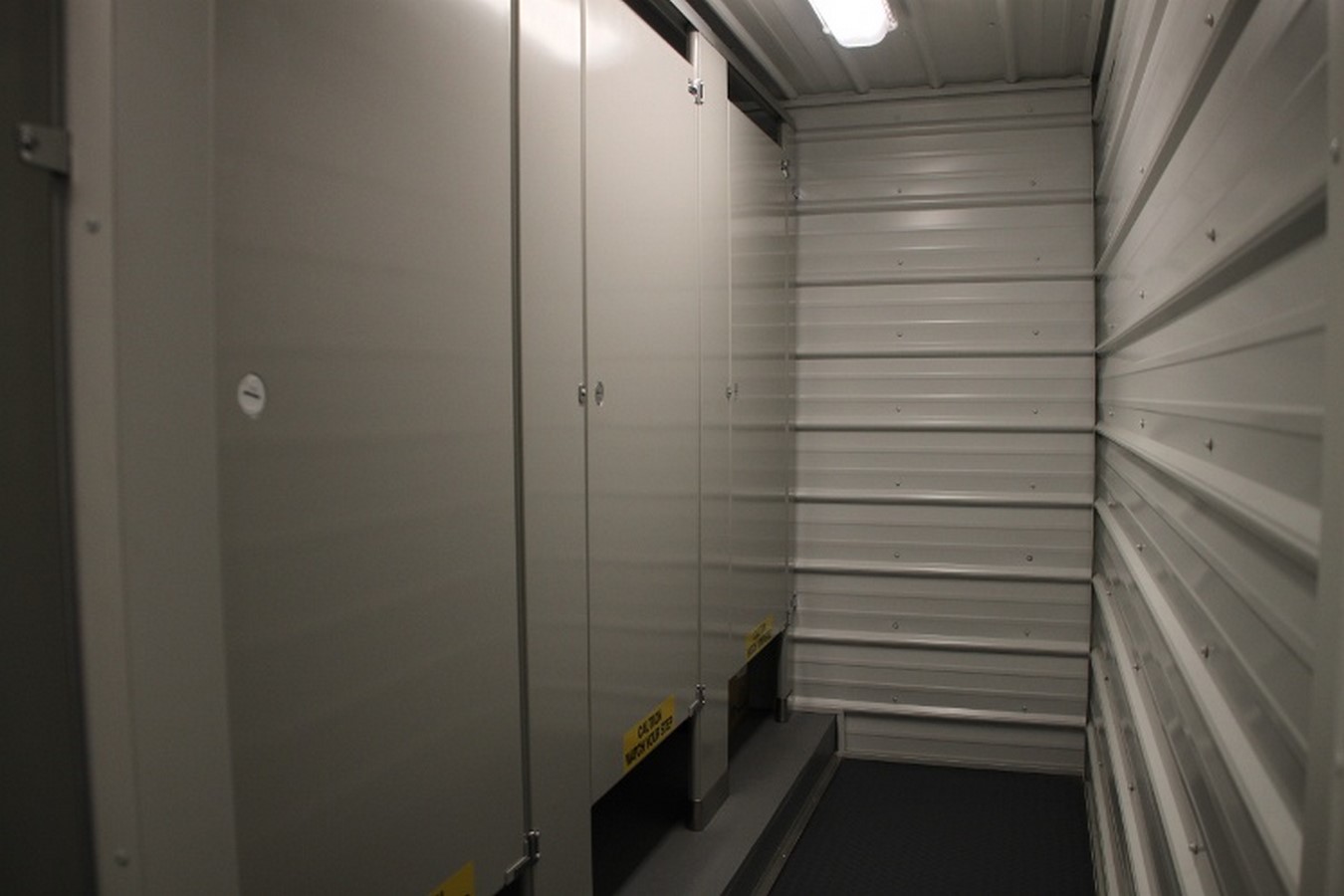
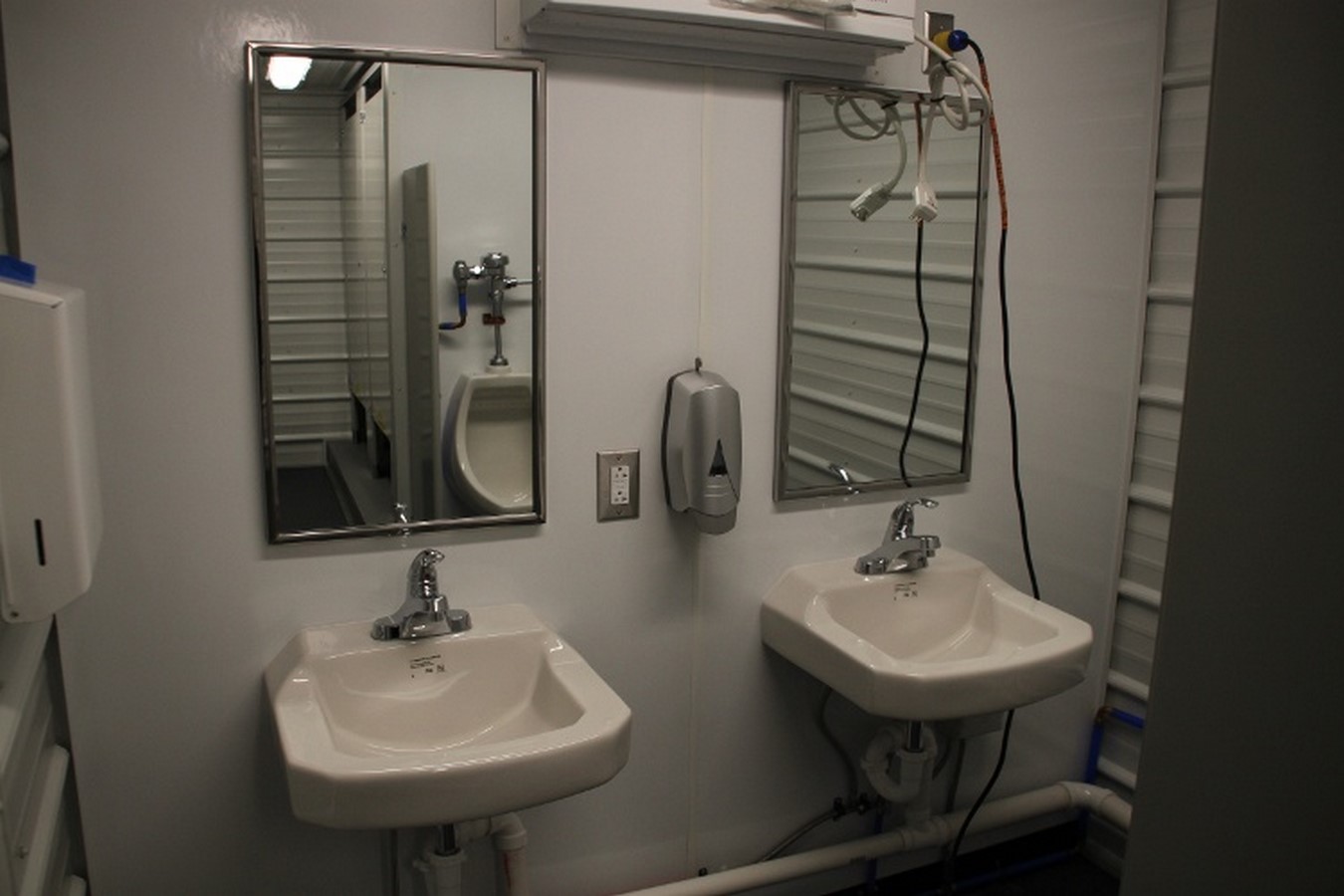
11. Pop-up retail
Pop-up retail stores are taking over the retail world and rethinking the traditional shopping malls and big-box stores. With shipping containers at their disposal, these temporary retail stores are an efficient and viable option to create a creative and engaging shopping experience for the users.
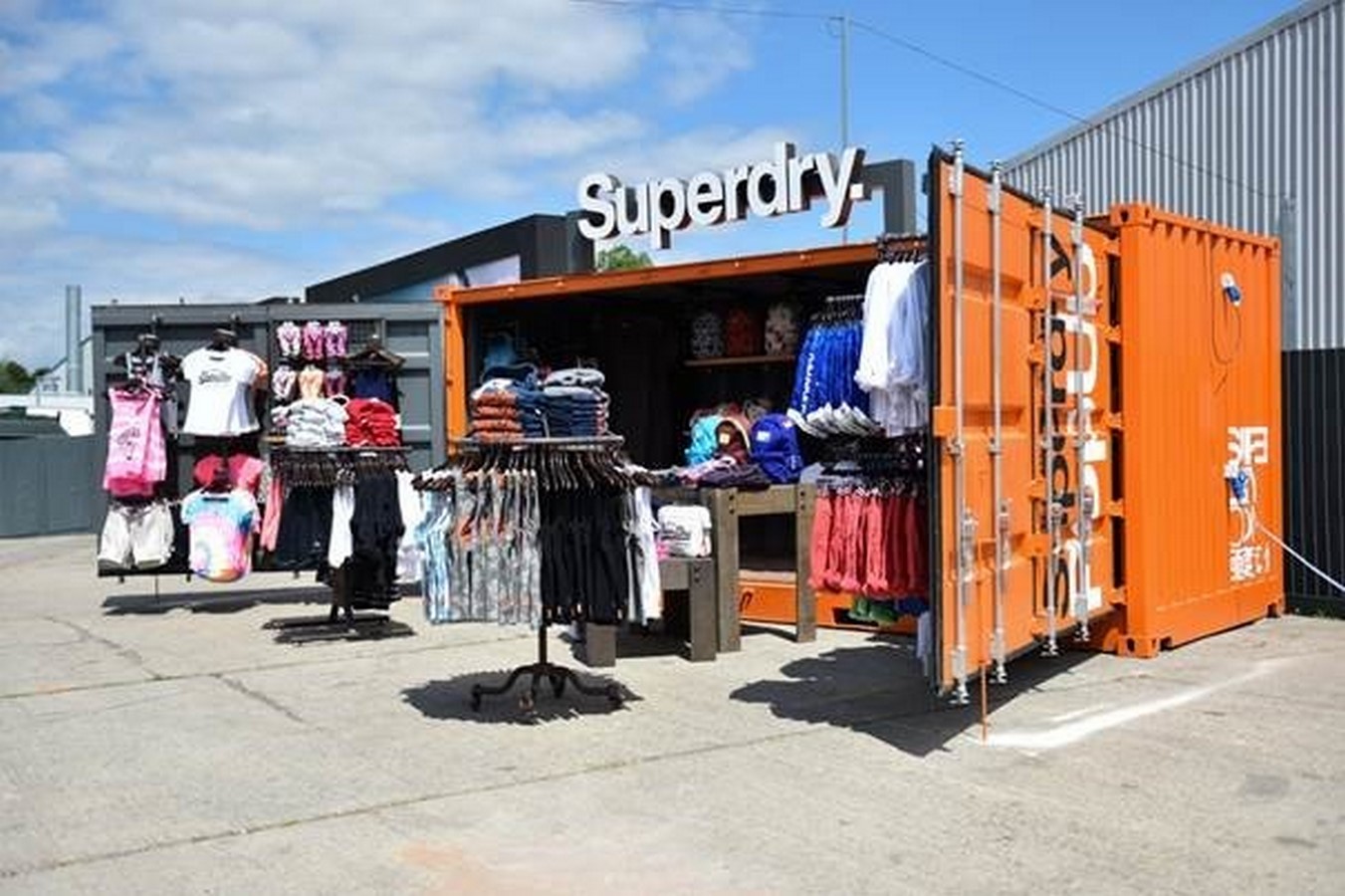
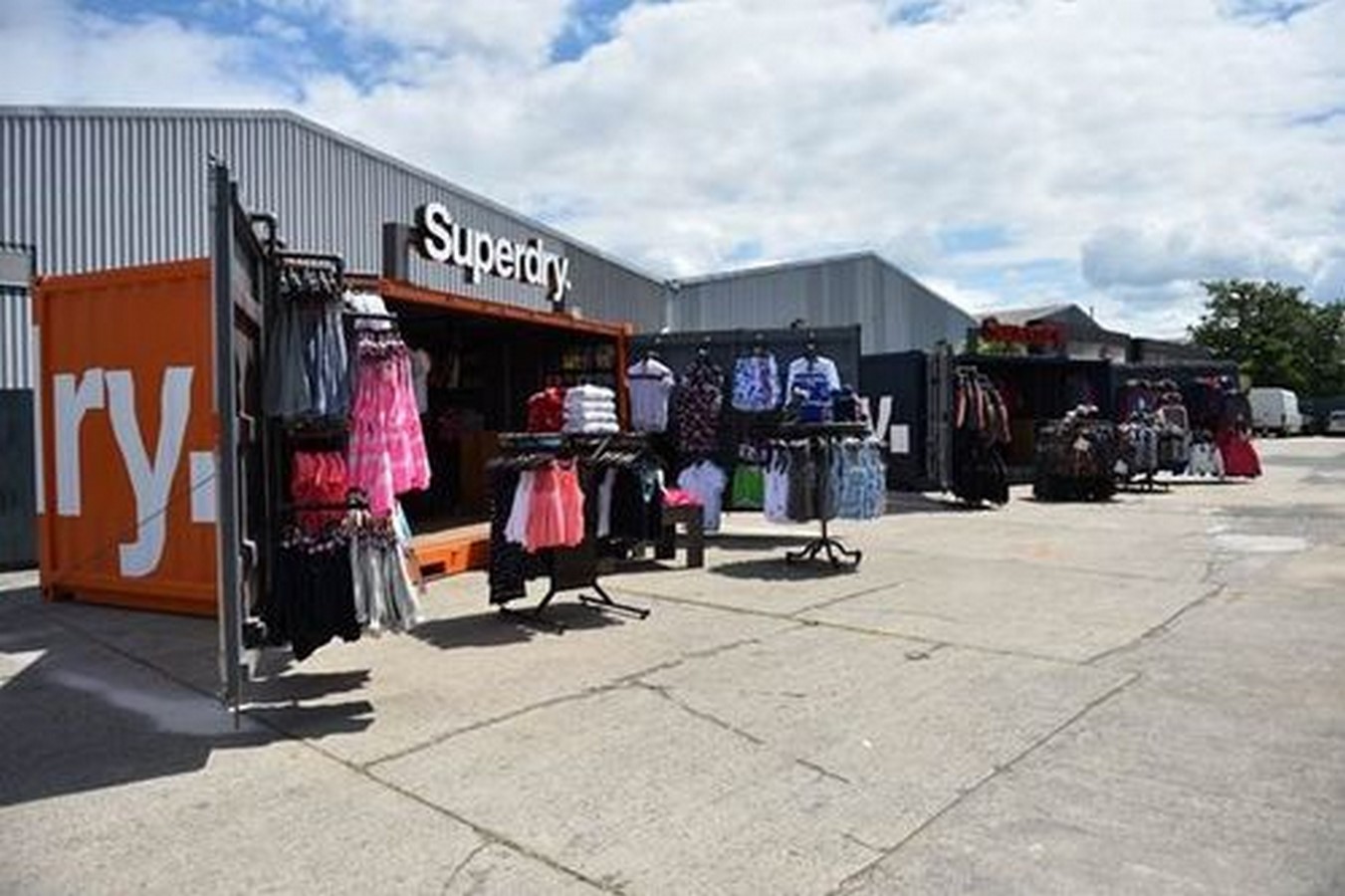
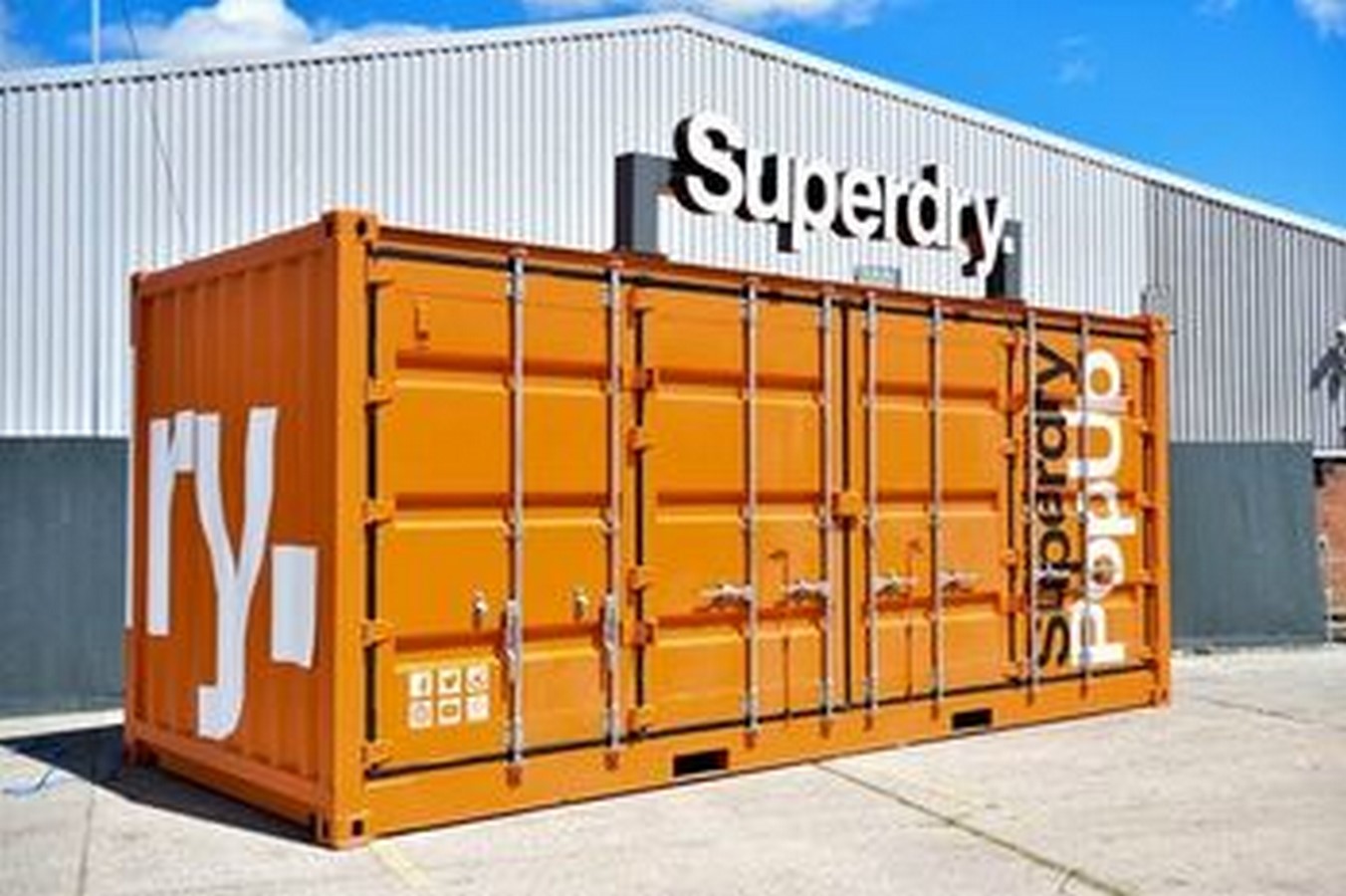
12. Getaway retreat
Studio arte have prototyped a shipping container module called ‘nomad living’ which acts as a mobile, economical, and sustainable getaway retreat. It is a functional shell that can be transformed and according to the needs of the user.
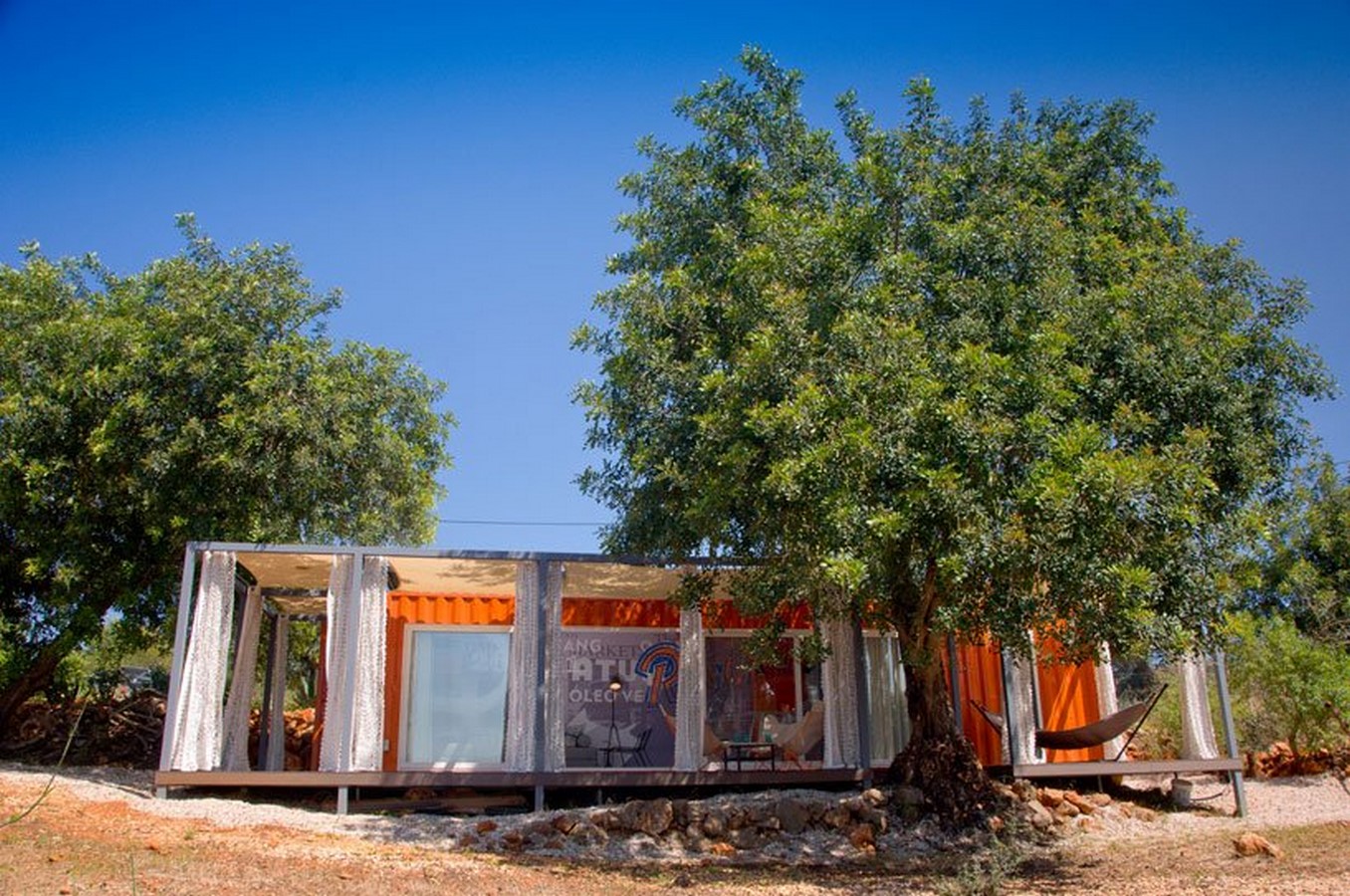
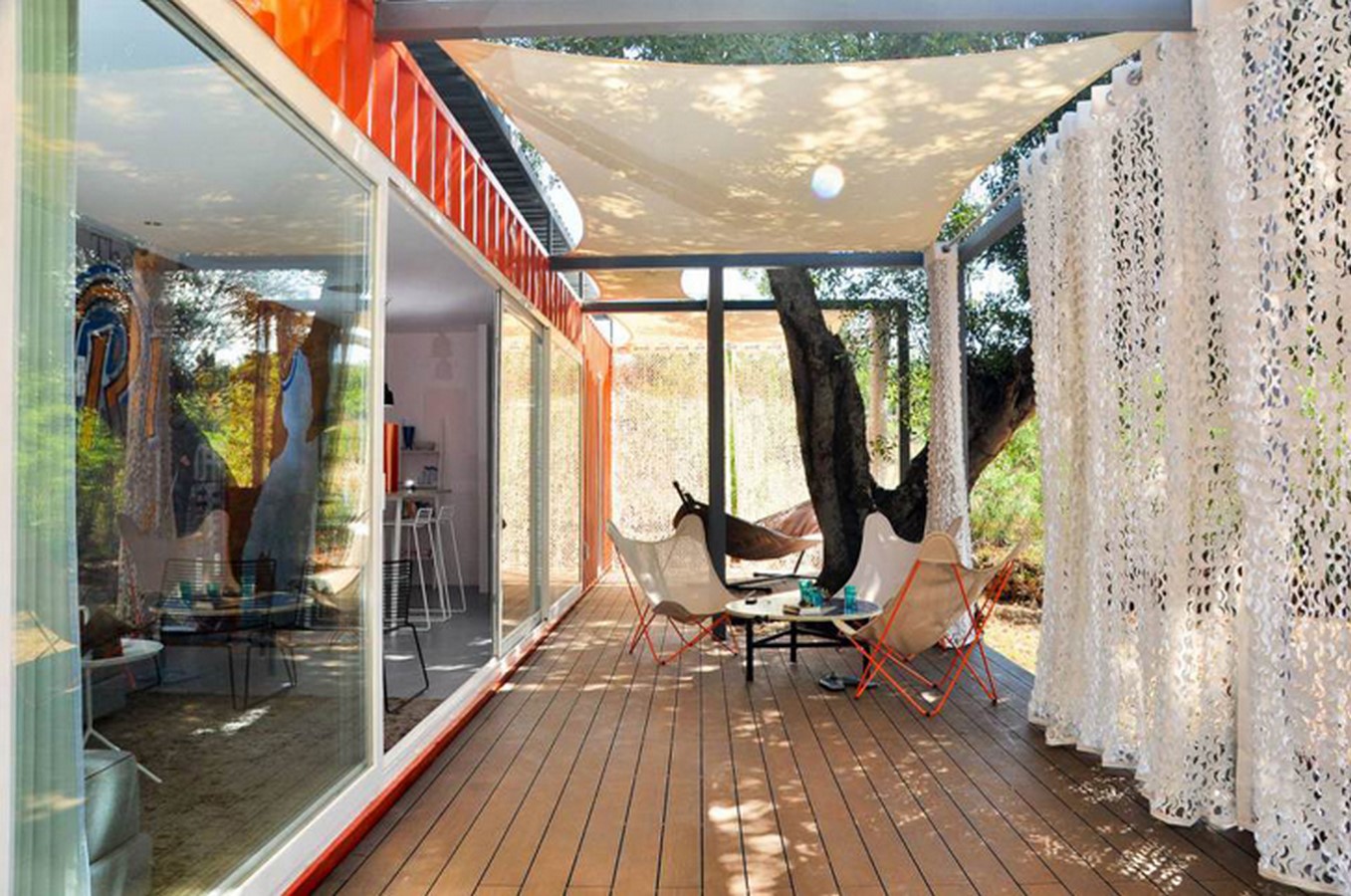
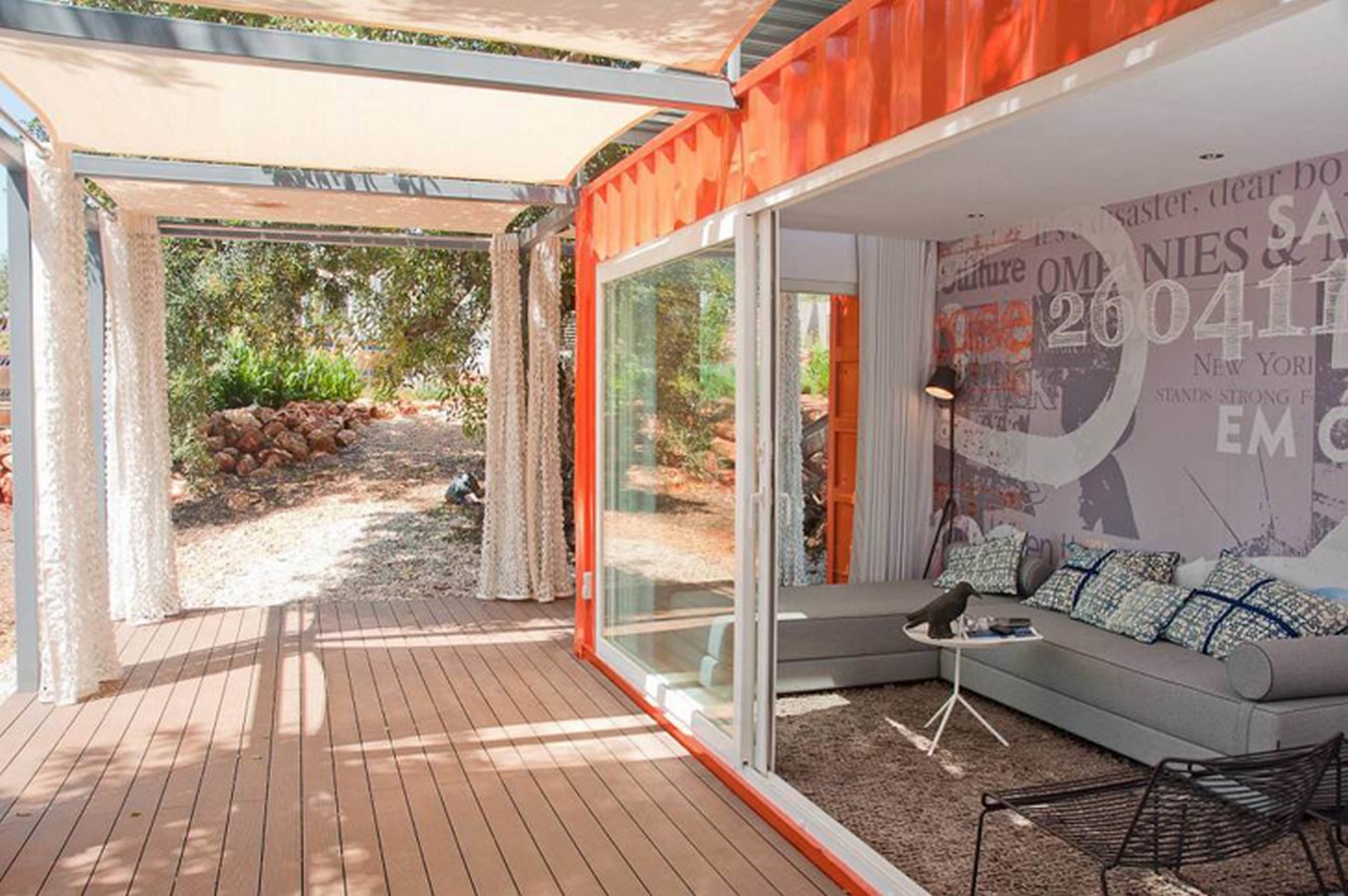
13. Art Installation
The durability and versatility of shipping containers make it possible for artists to explore and create state-of-the-art installations of them.
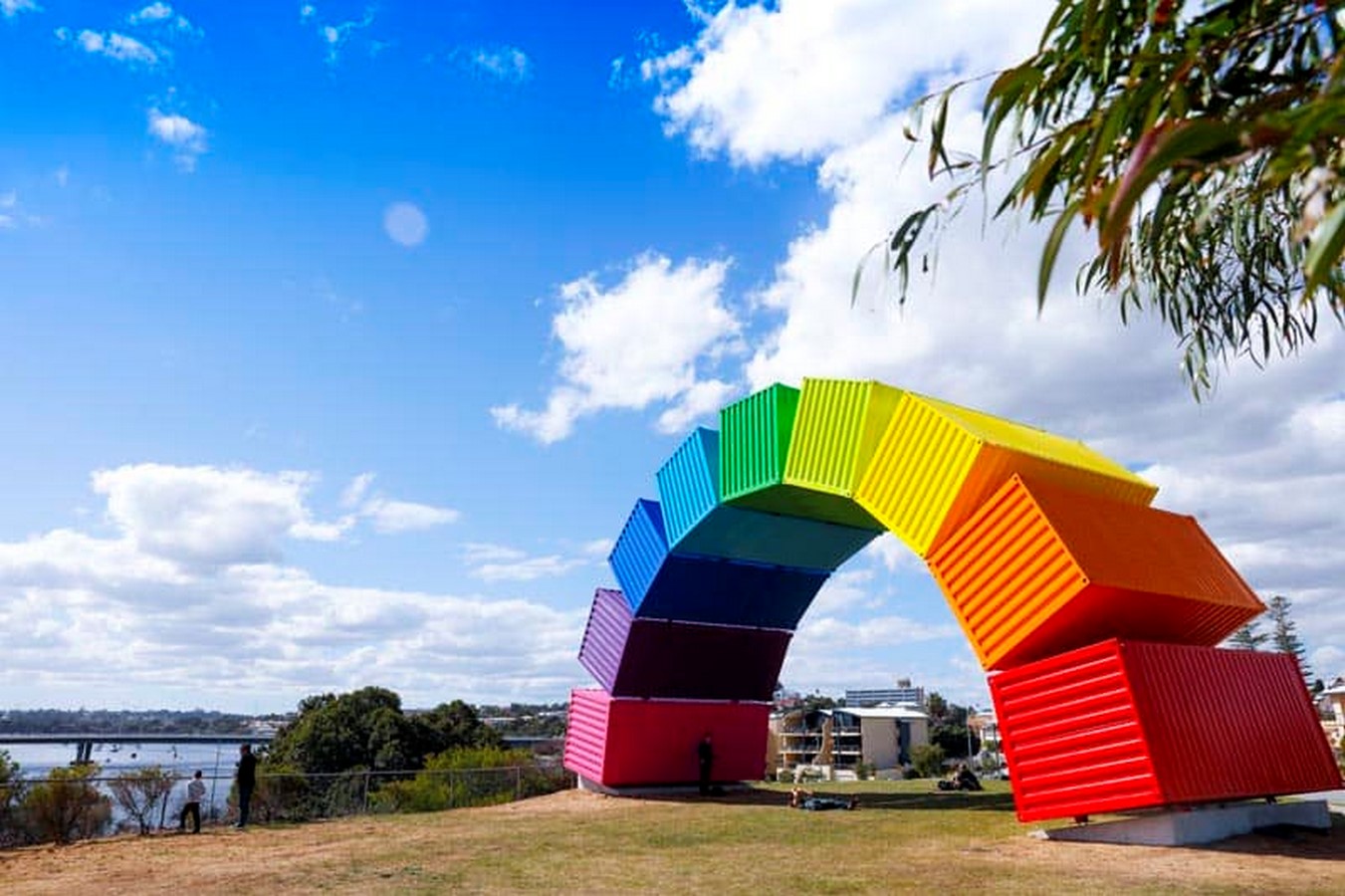
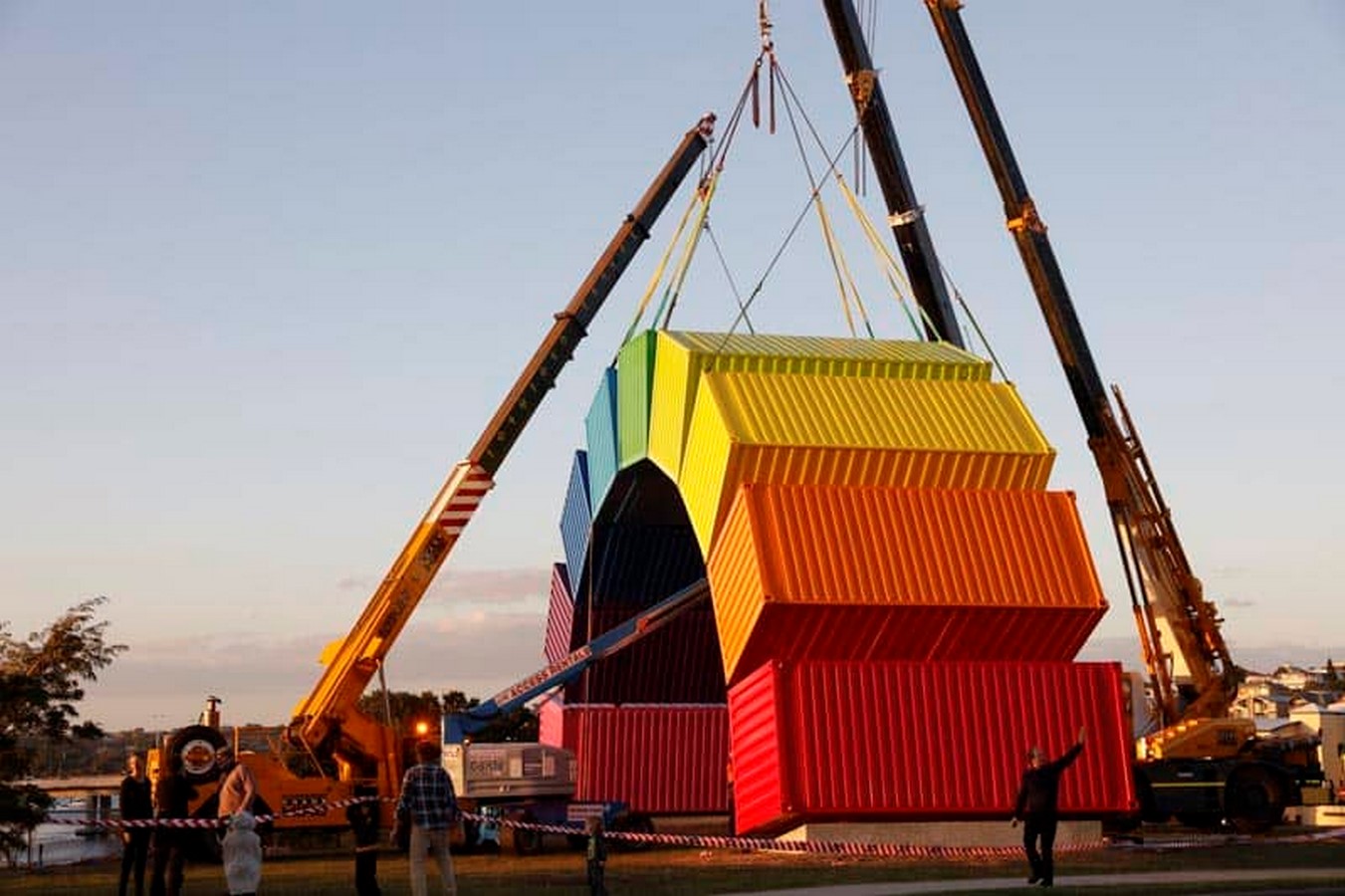
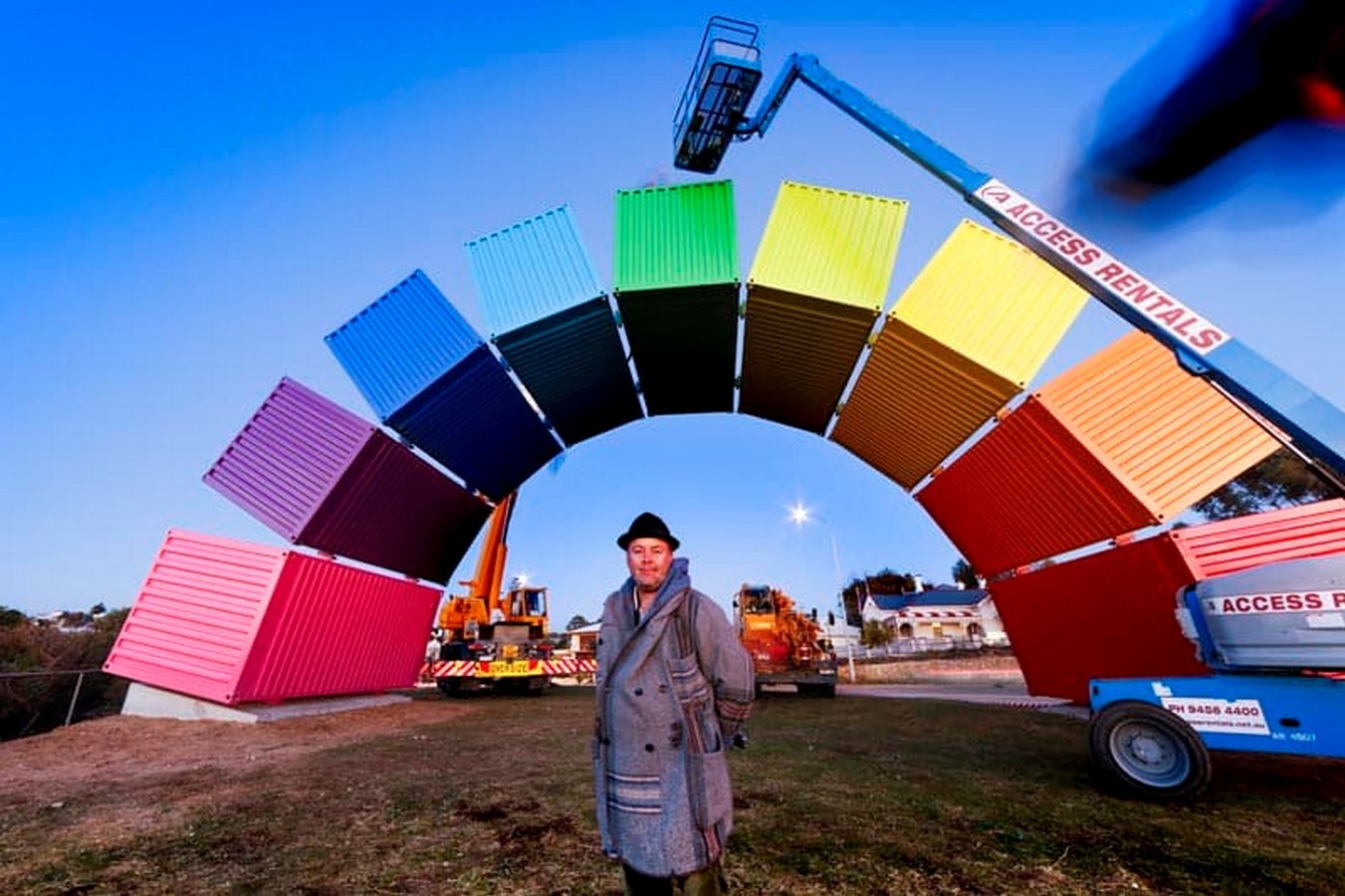
14. Indoor garden
One of the fast-growing uses of shipping containers is converting it into an indoor farm and nursery. A Growtainer container is a custom-designed, stackable, and mobile module for vertical production that provides a controlled environment to yield a wide range of agricultural and horticultural products.
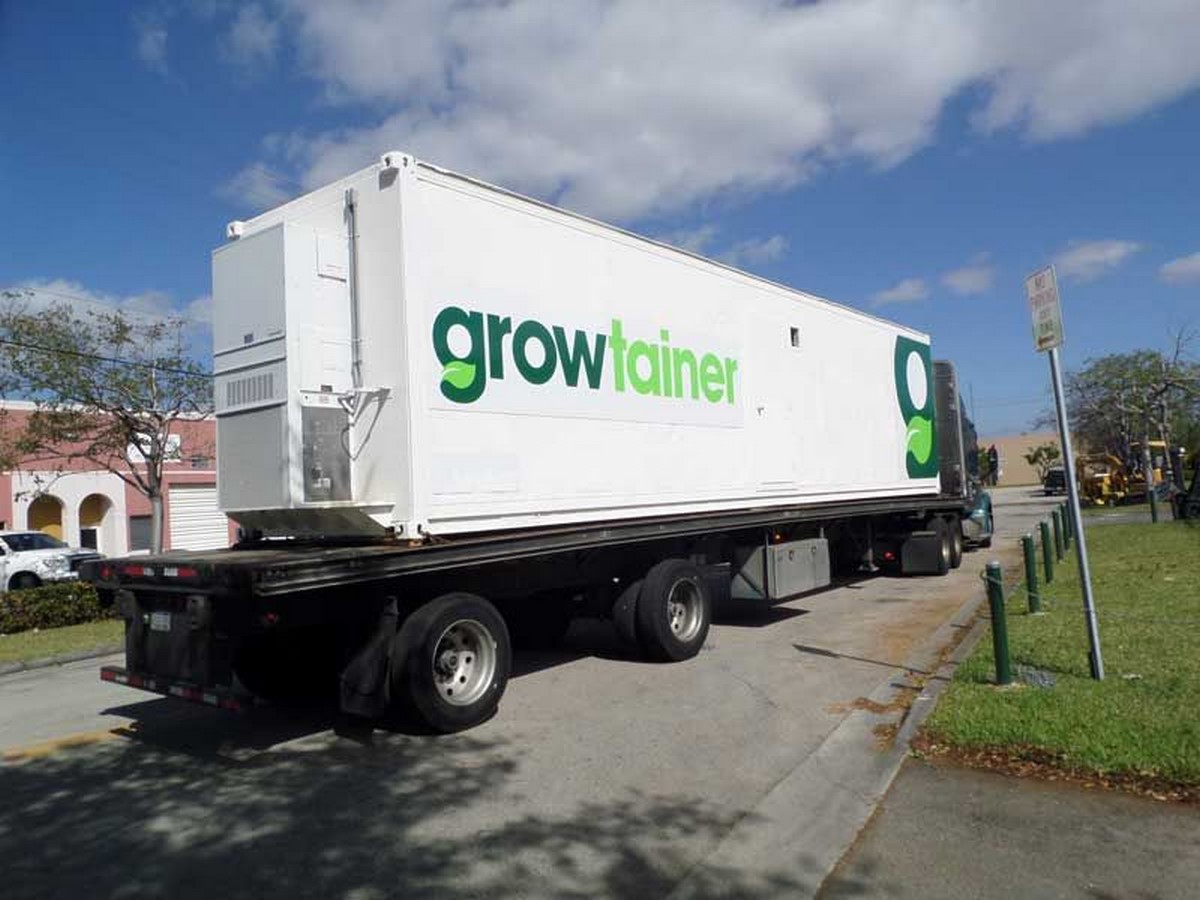
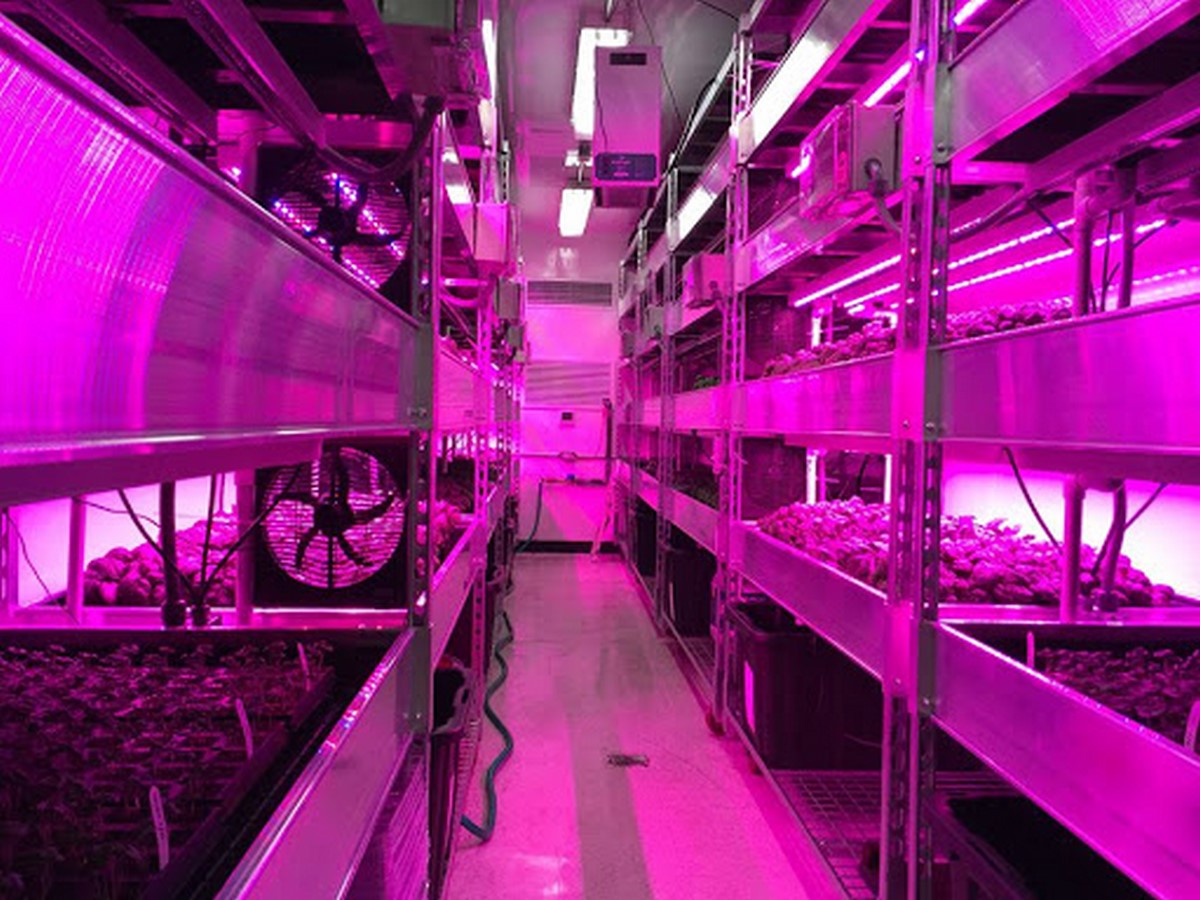
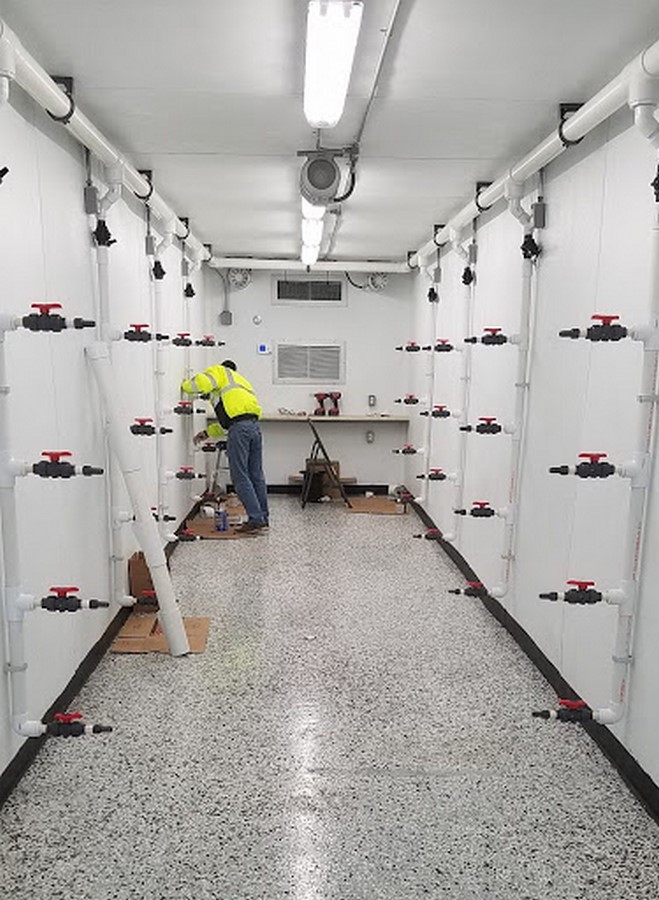
15. Disaster shelter
Converting shipping containers into shelter homes for places that have been ravaged due to natural calamities is one of the best ways to put it to use.
